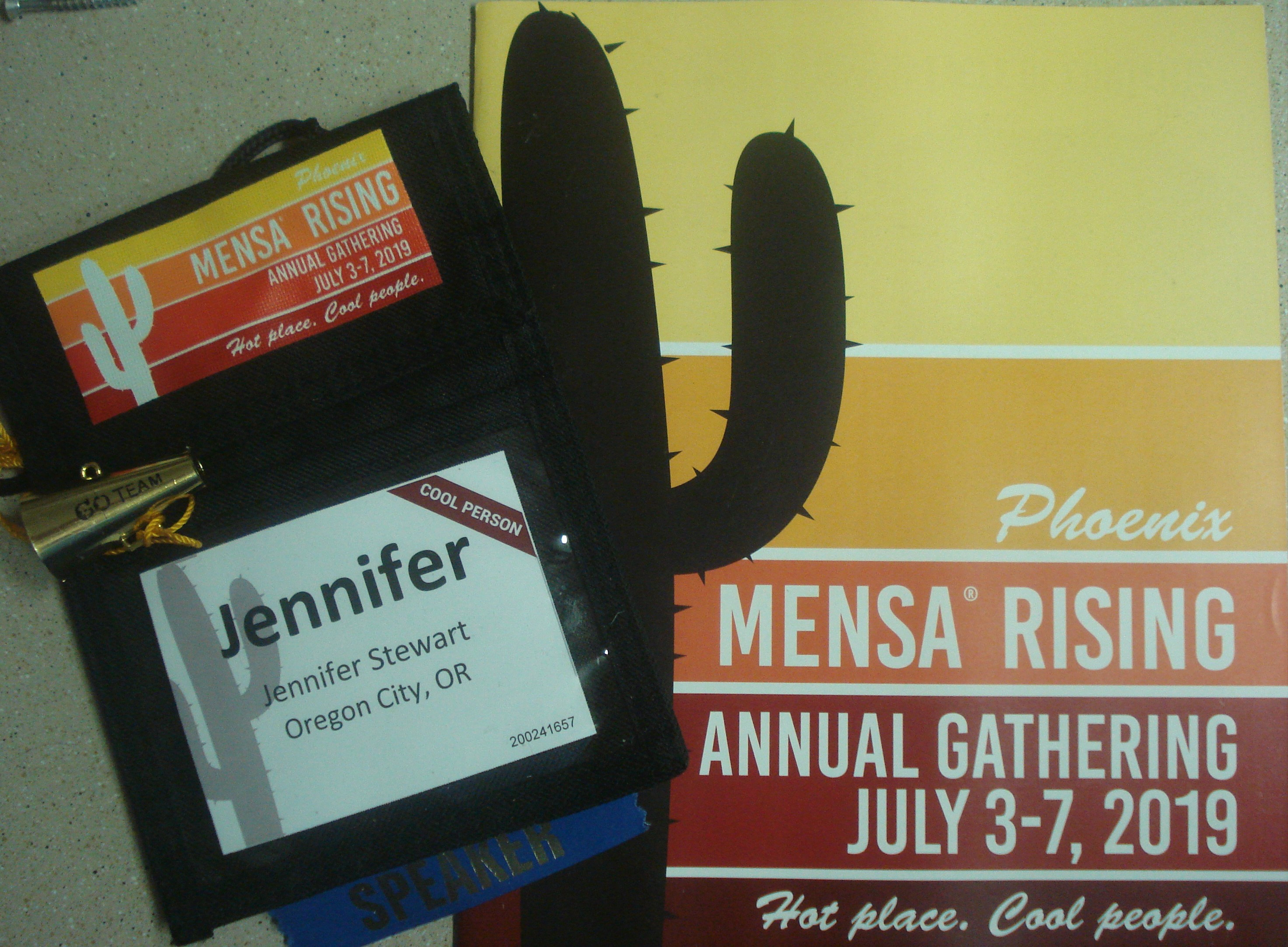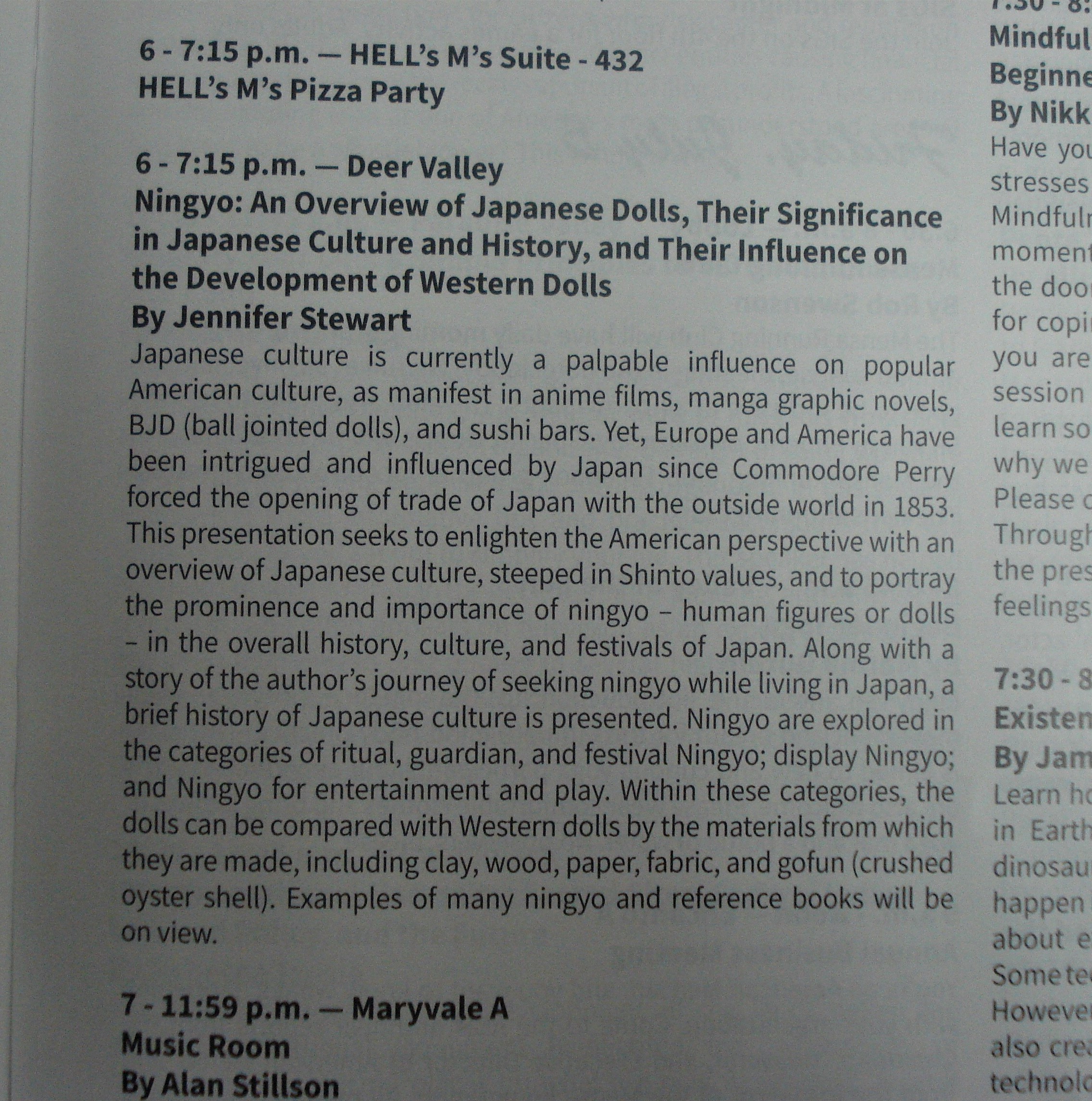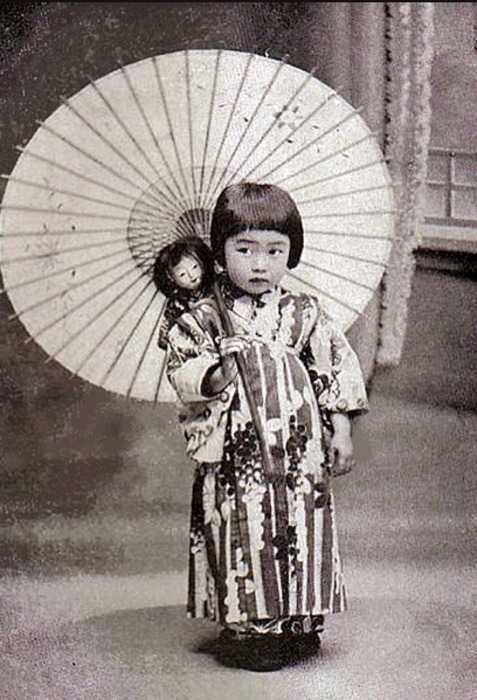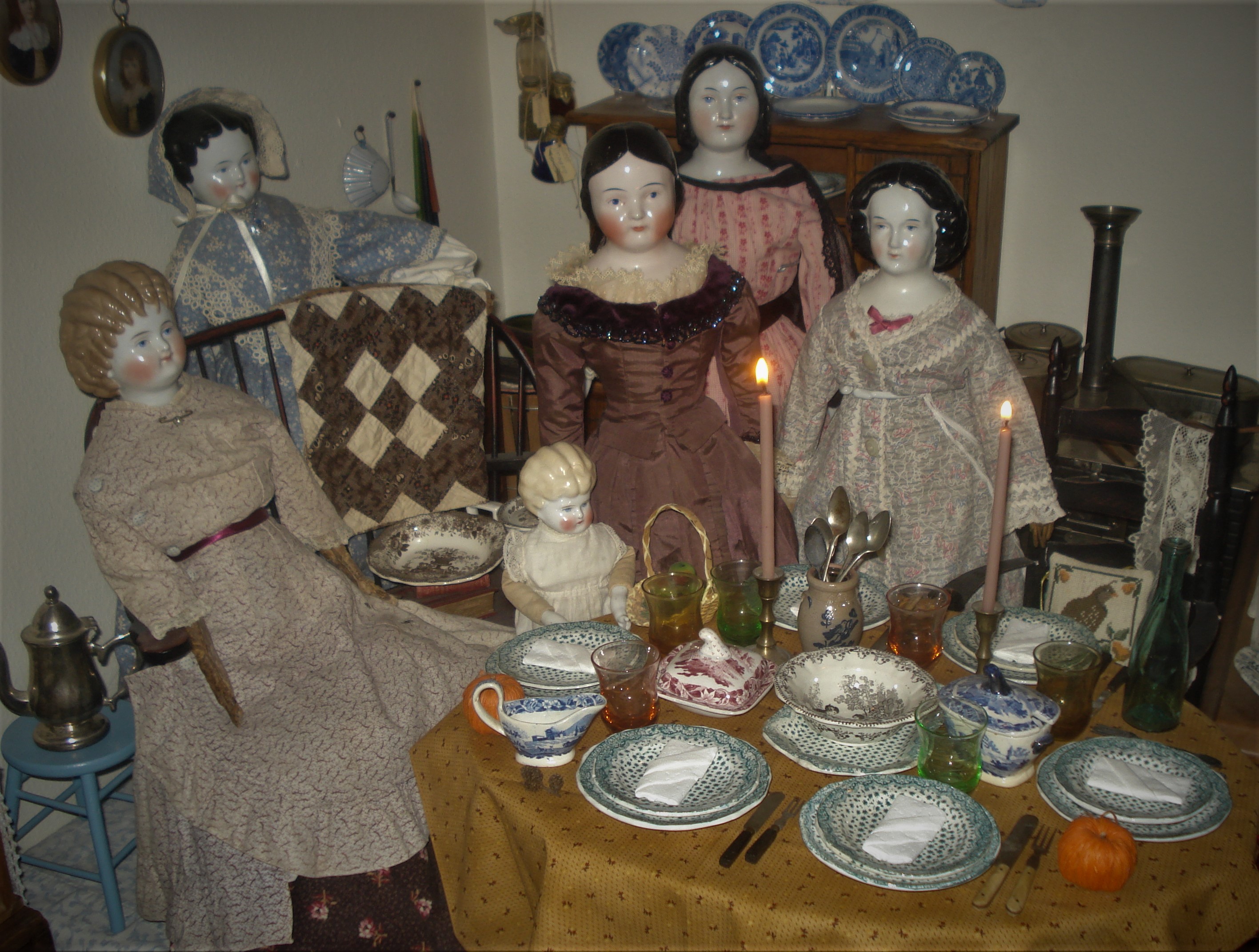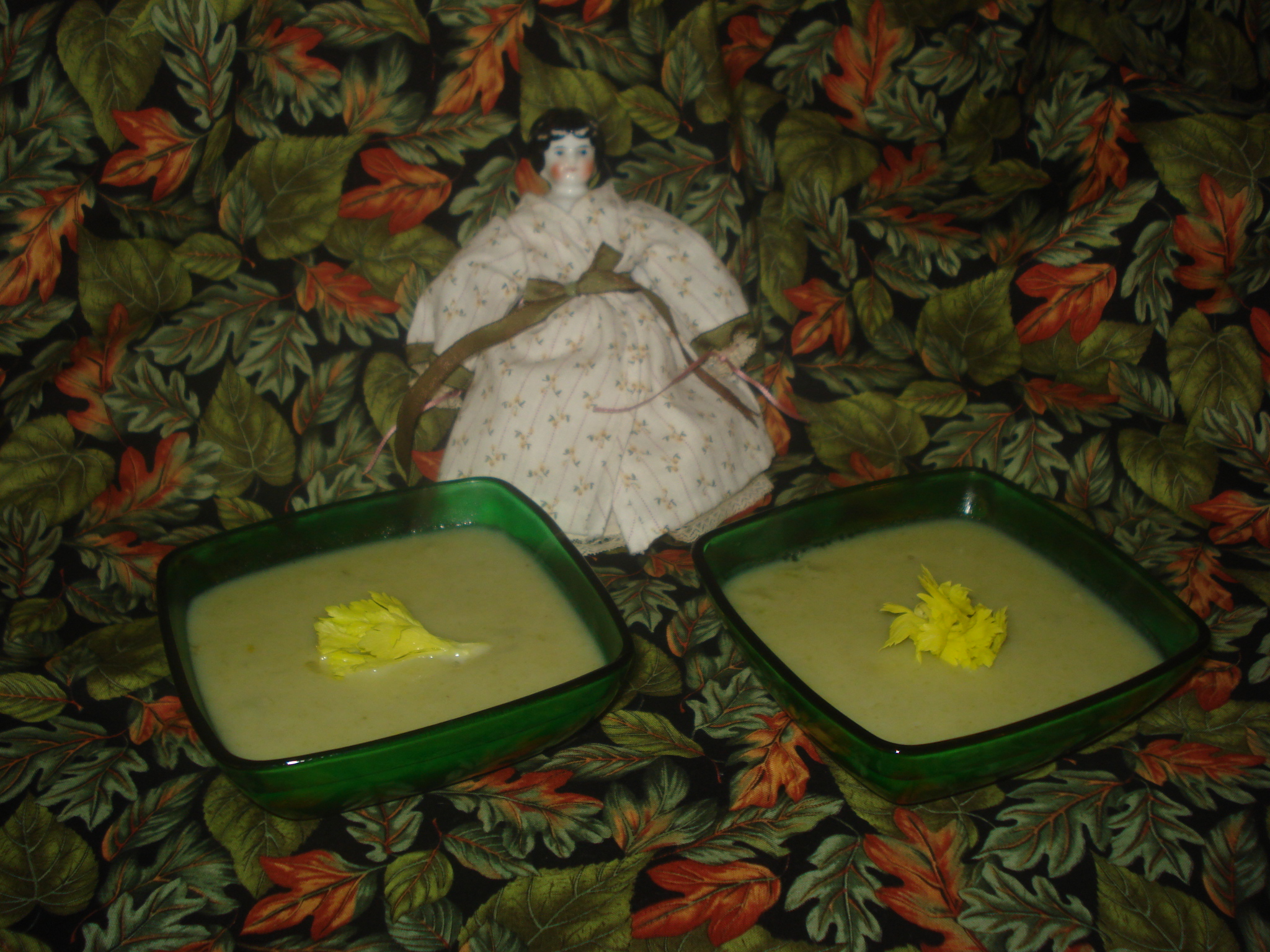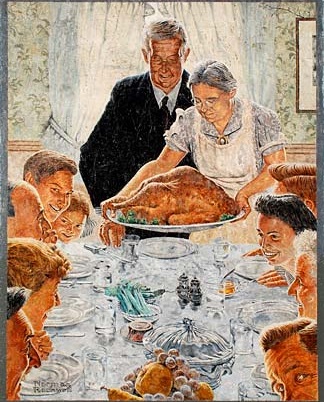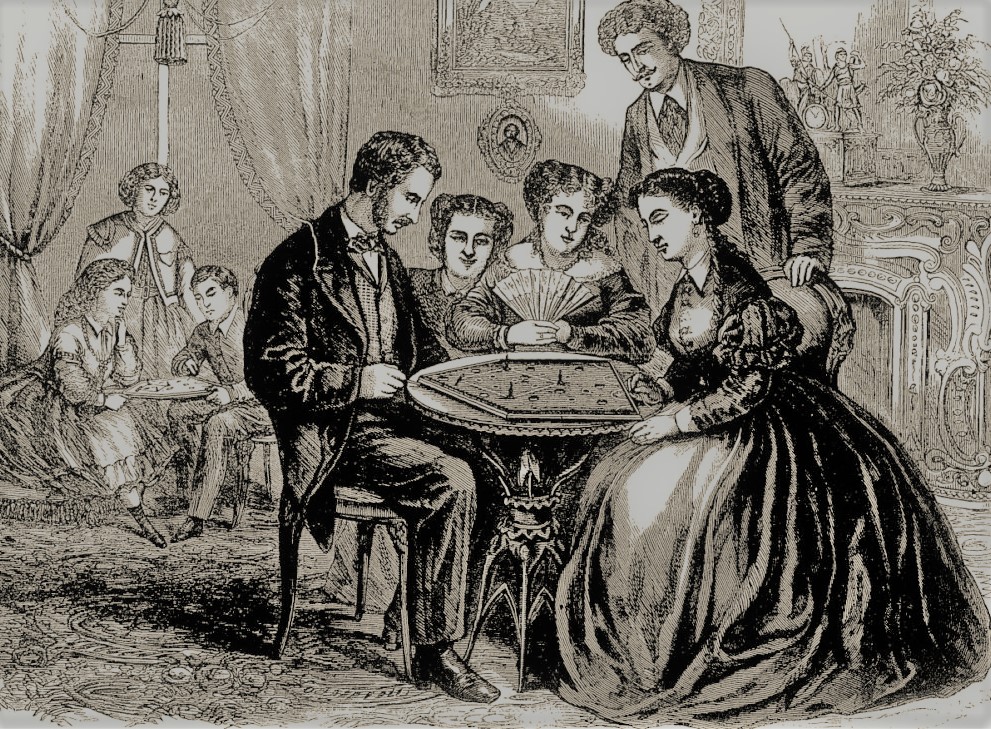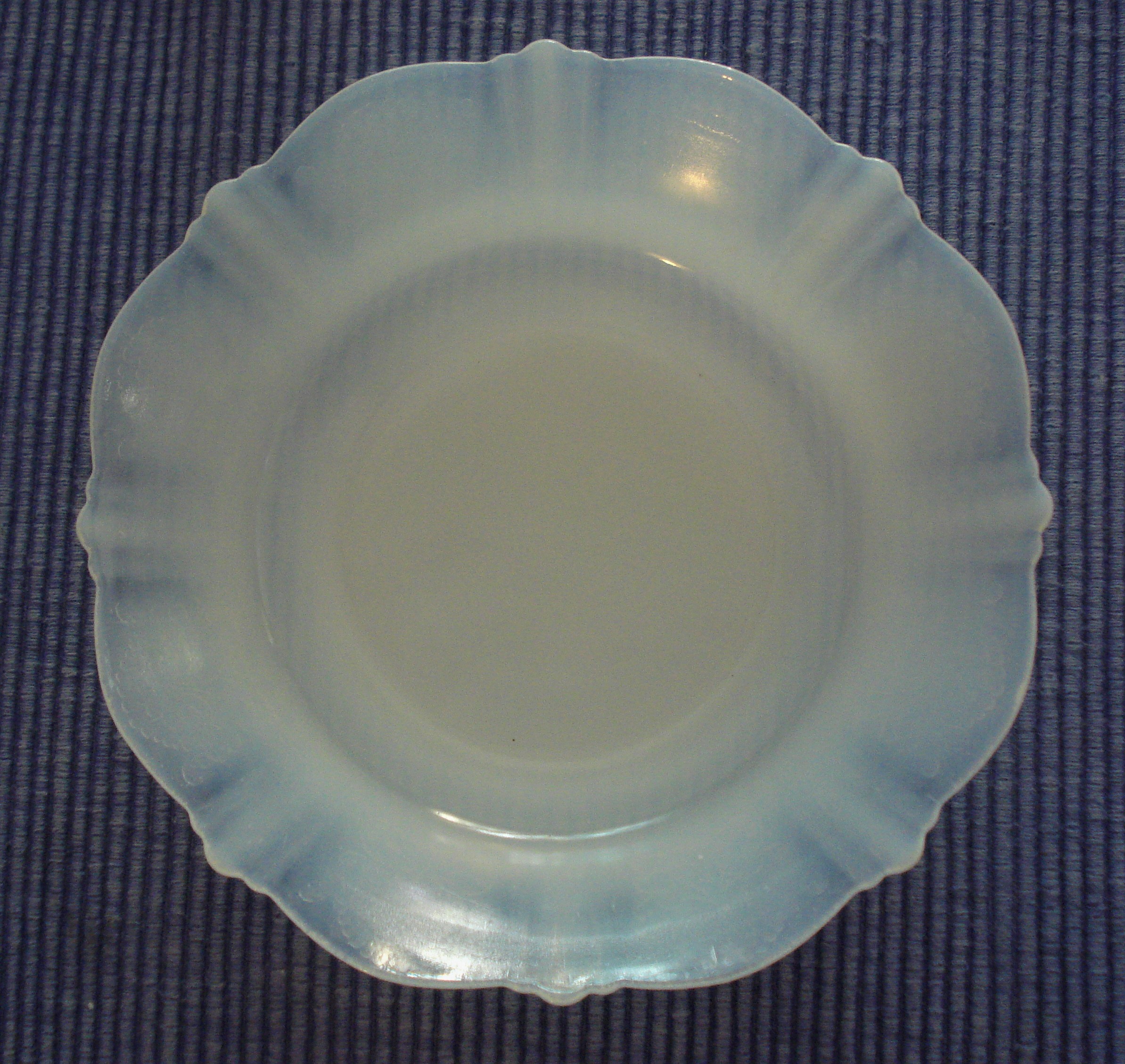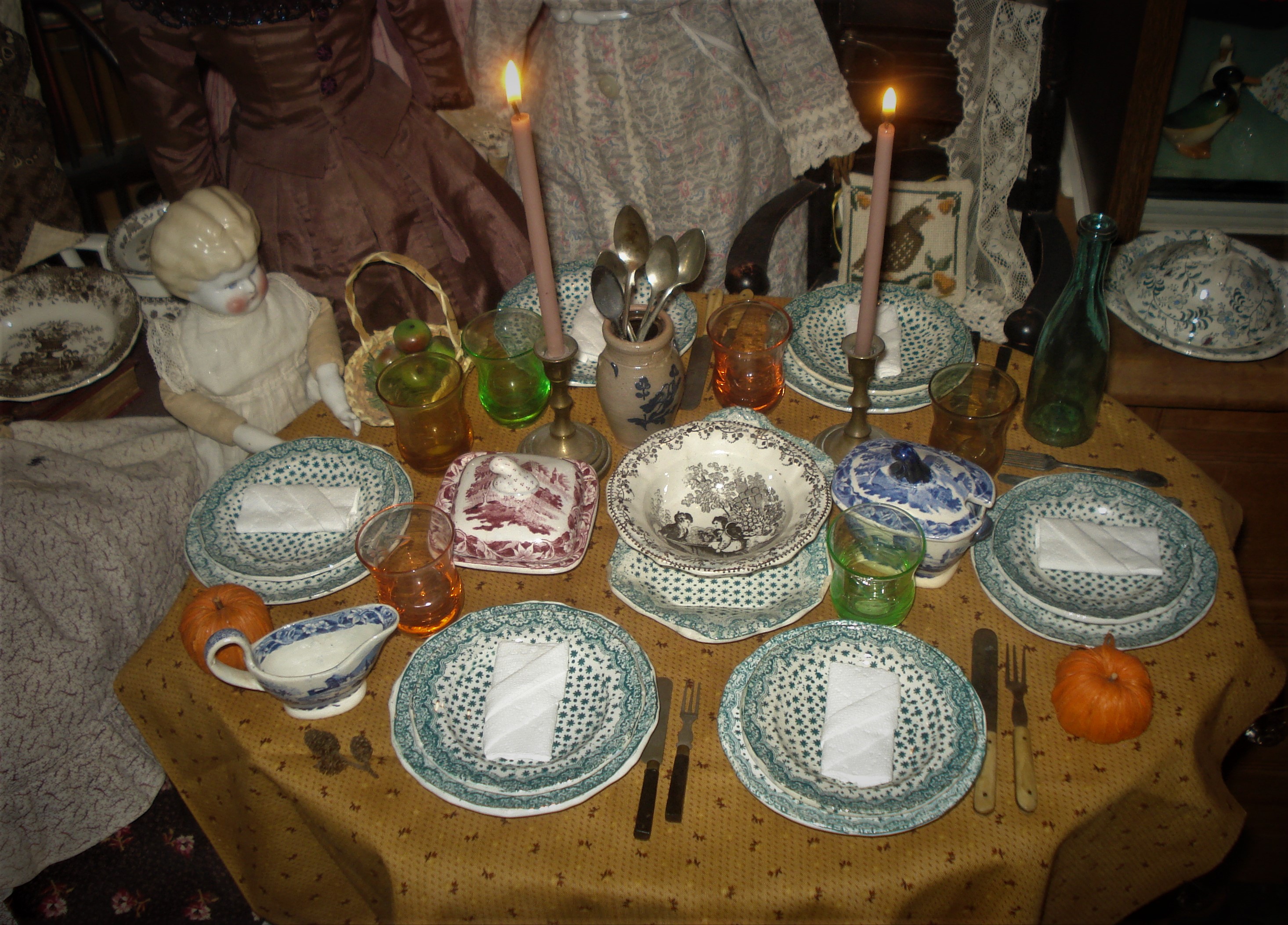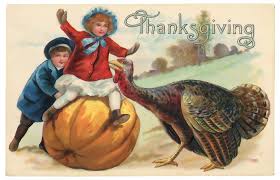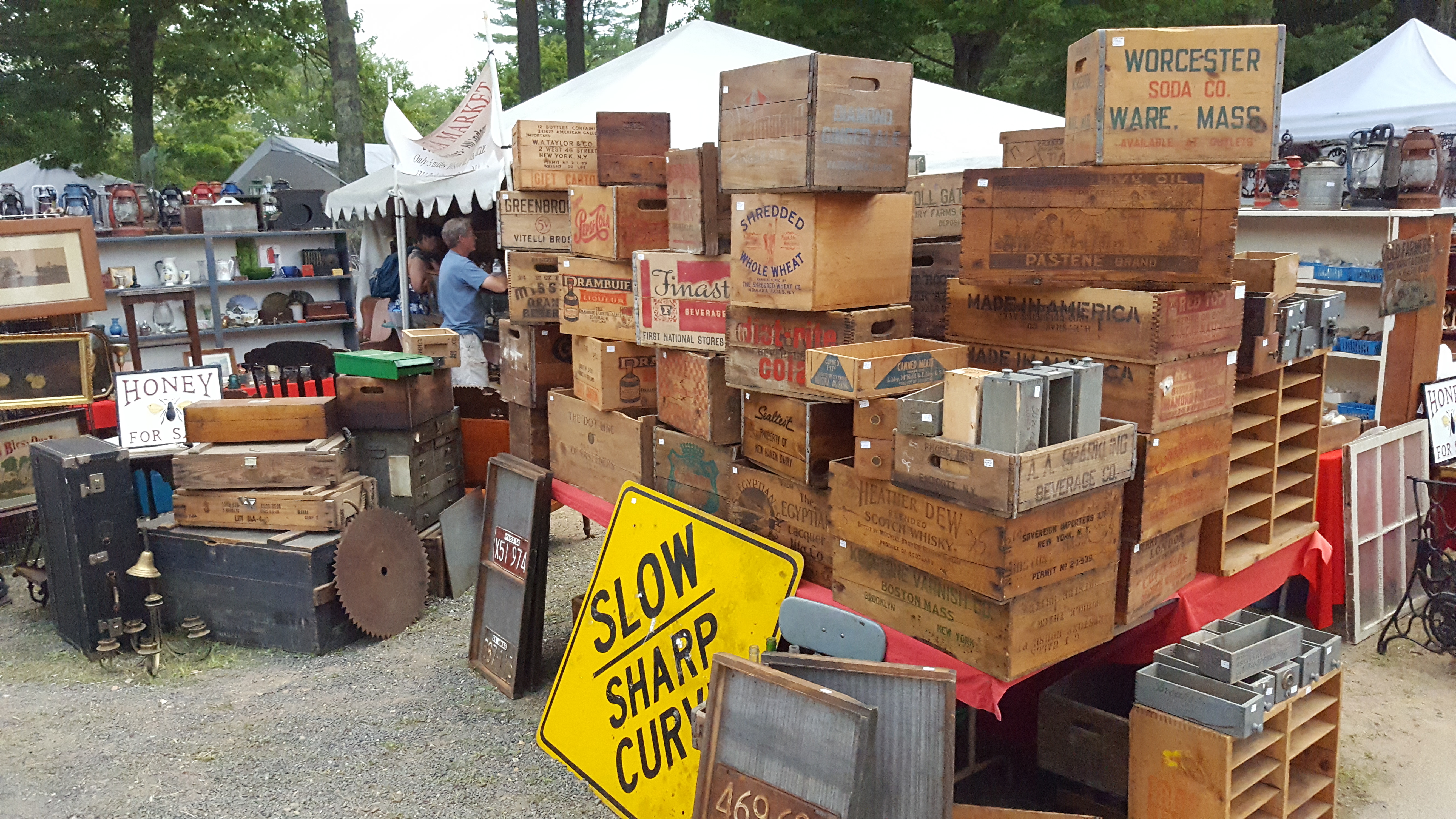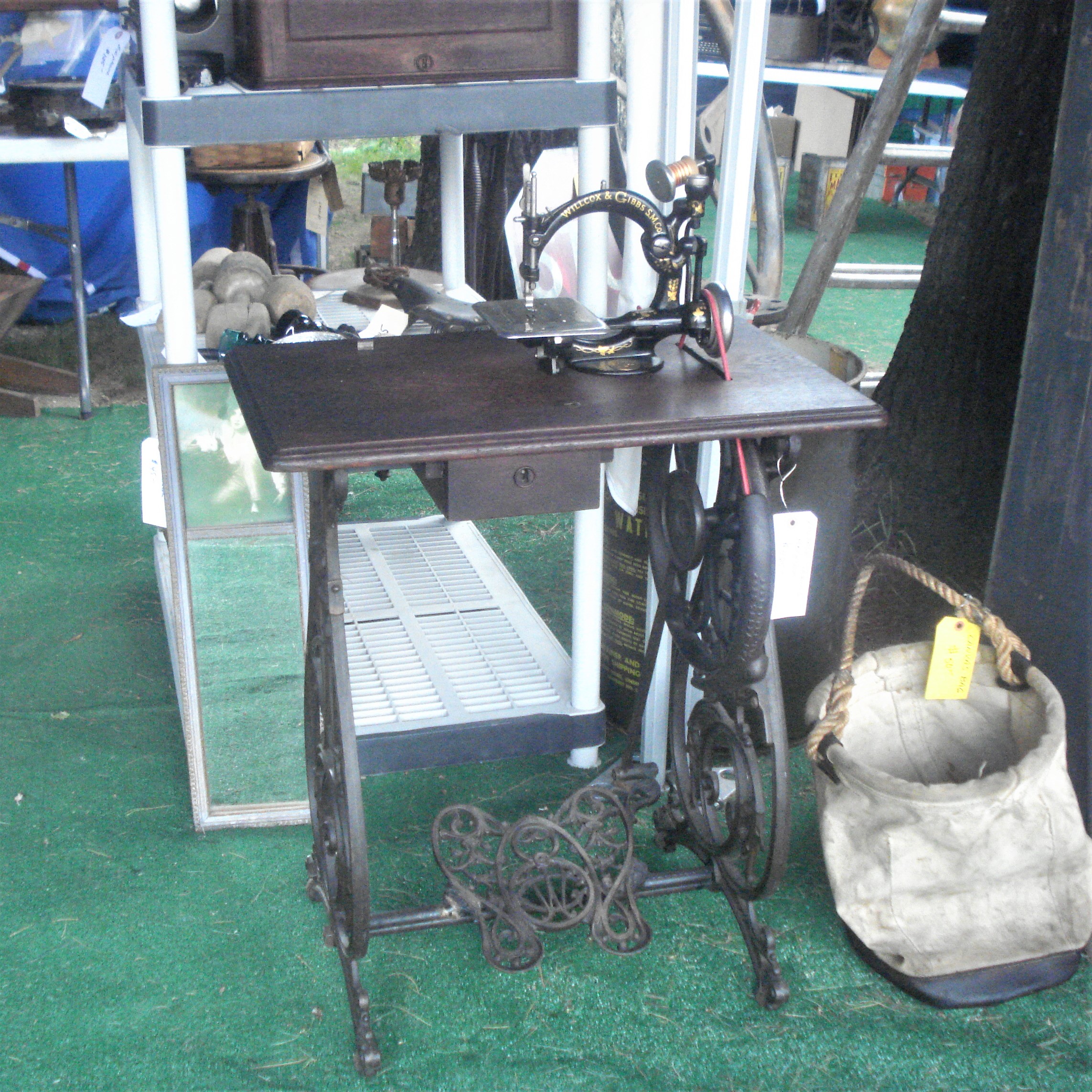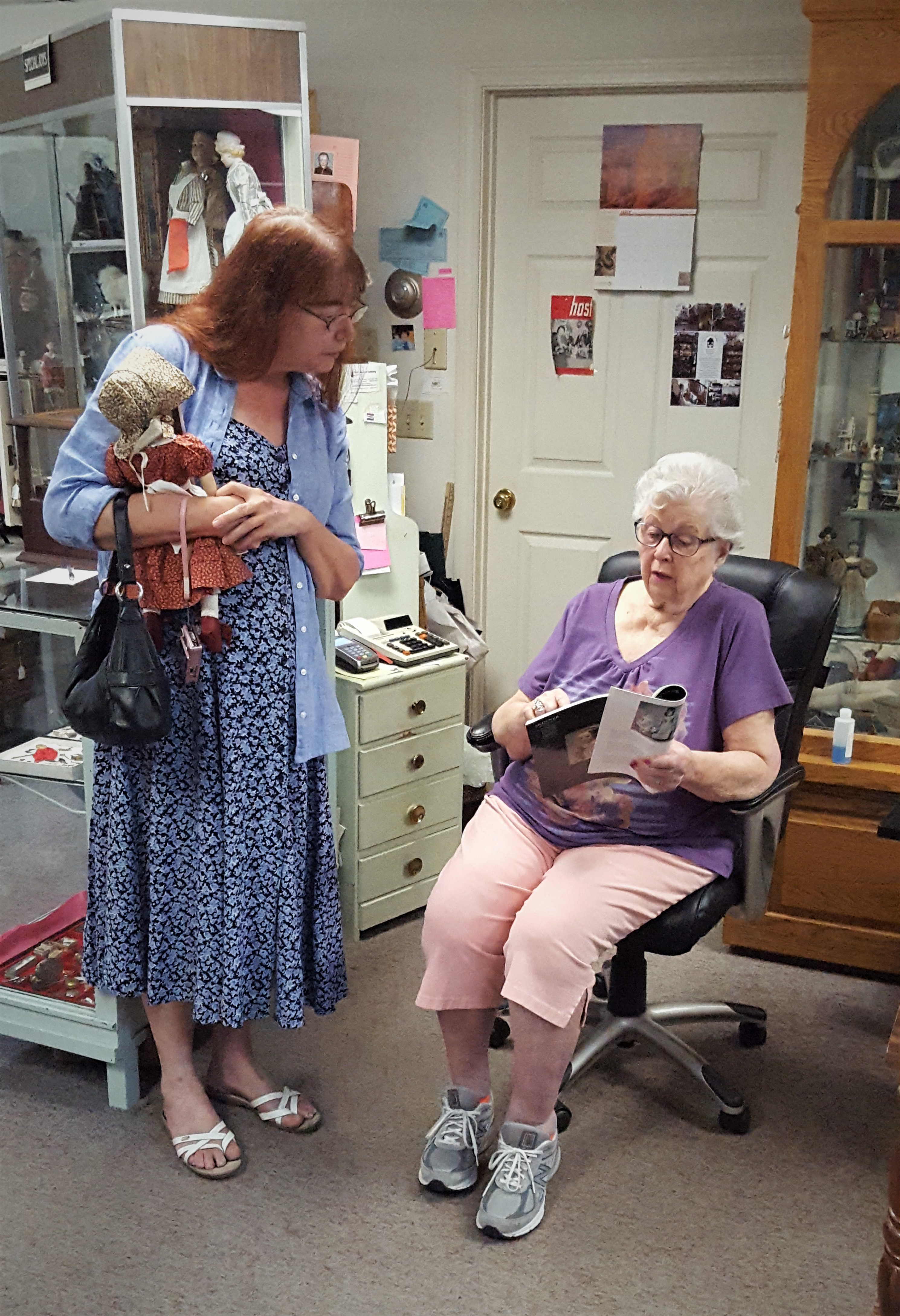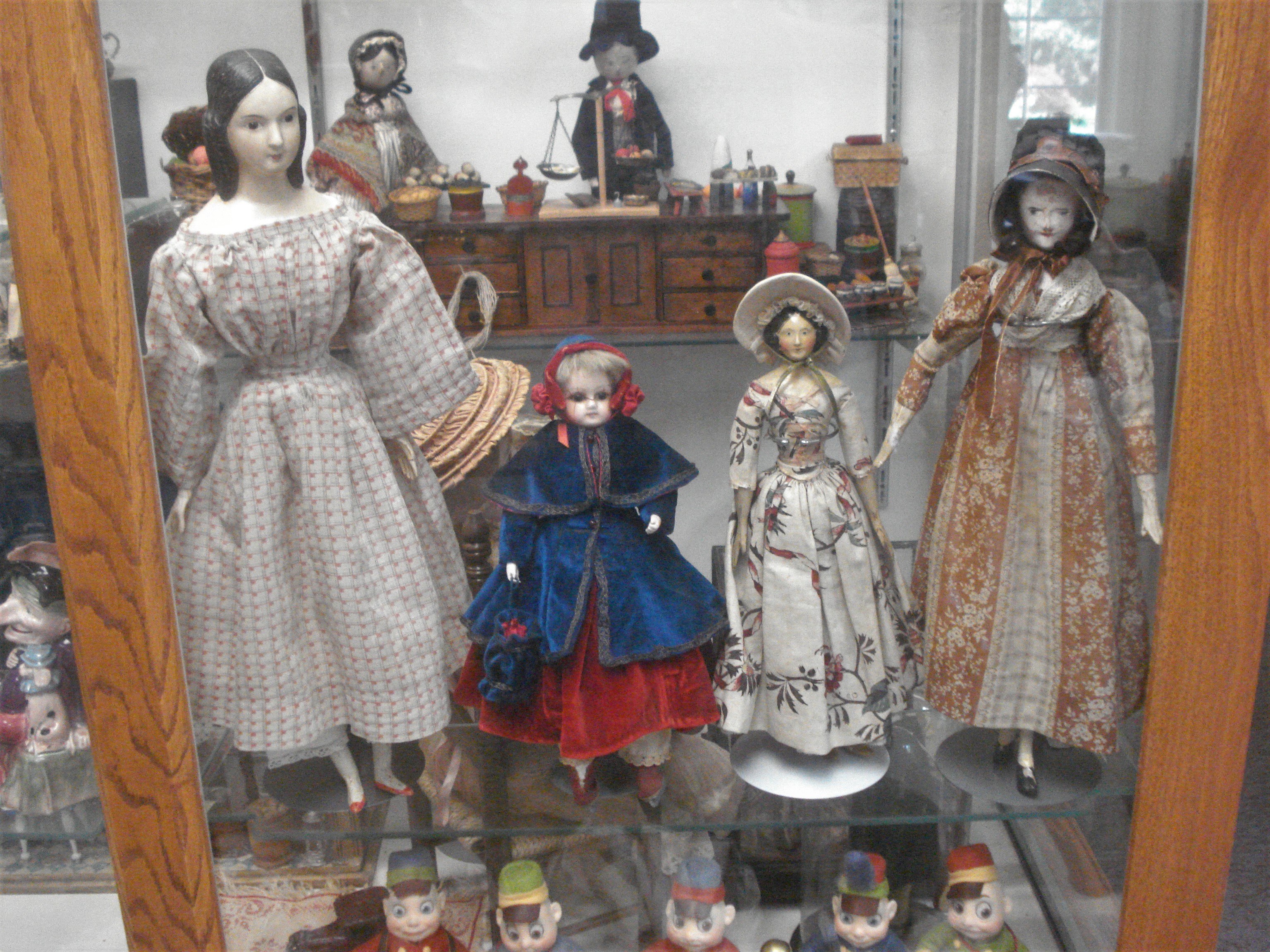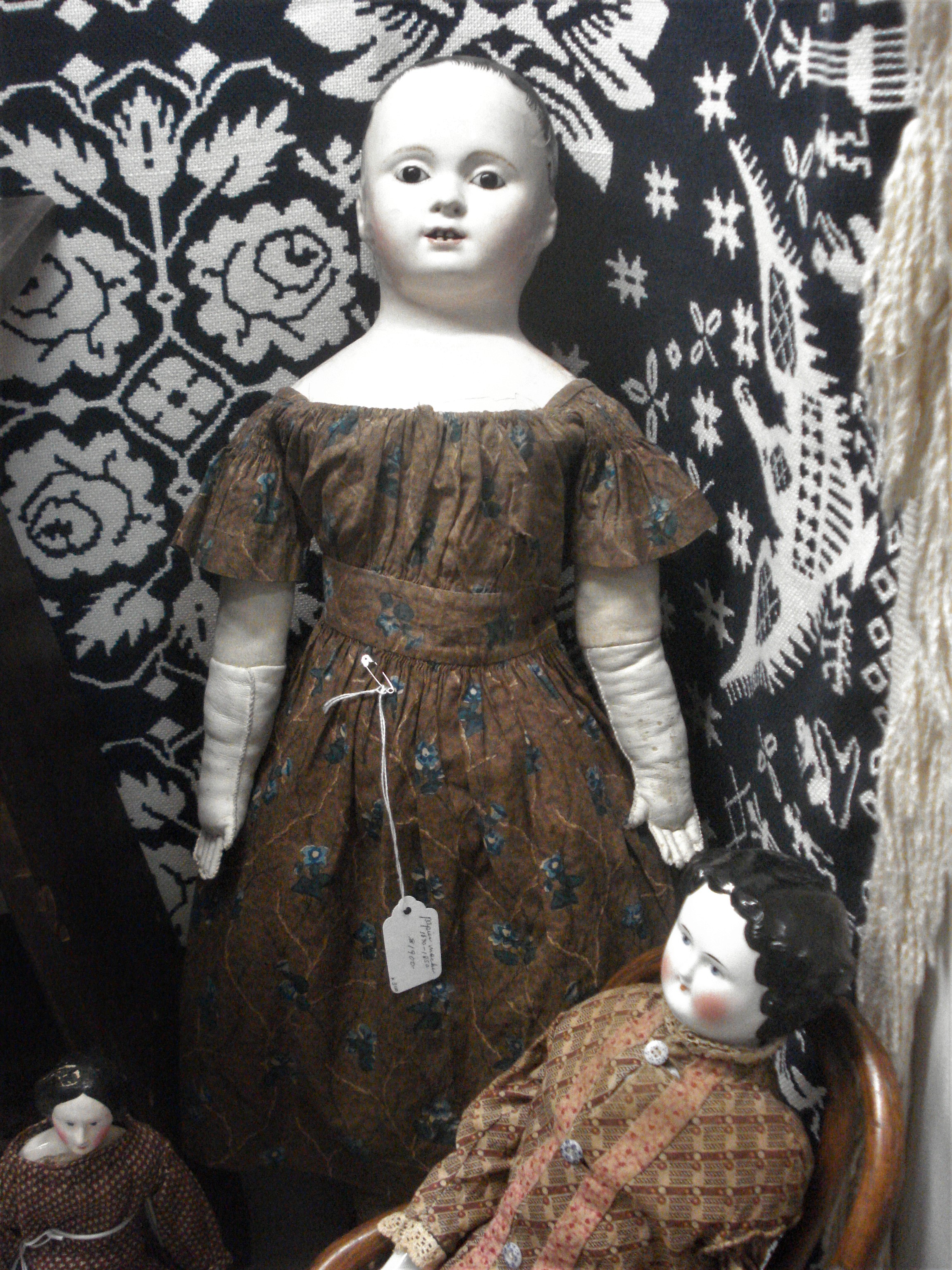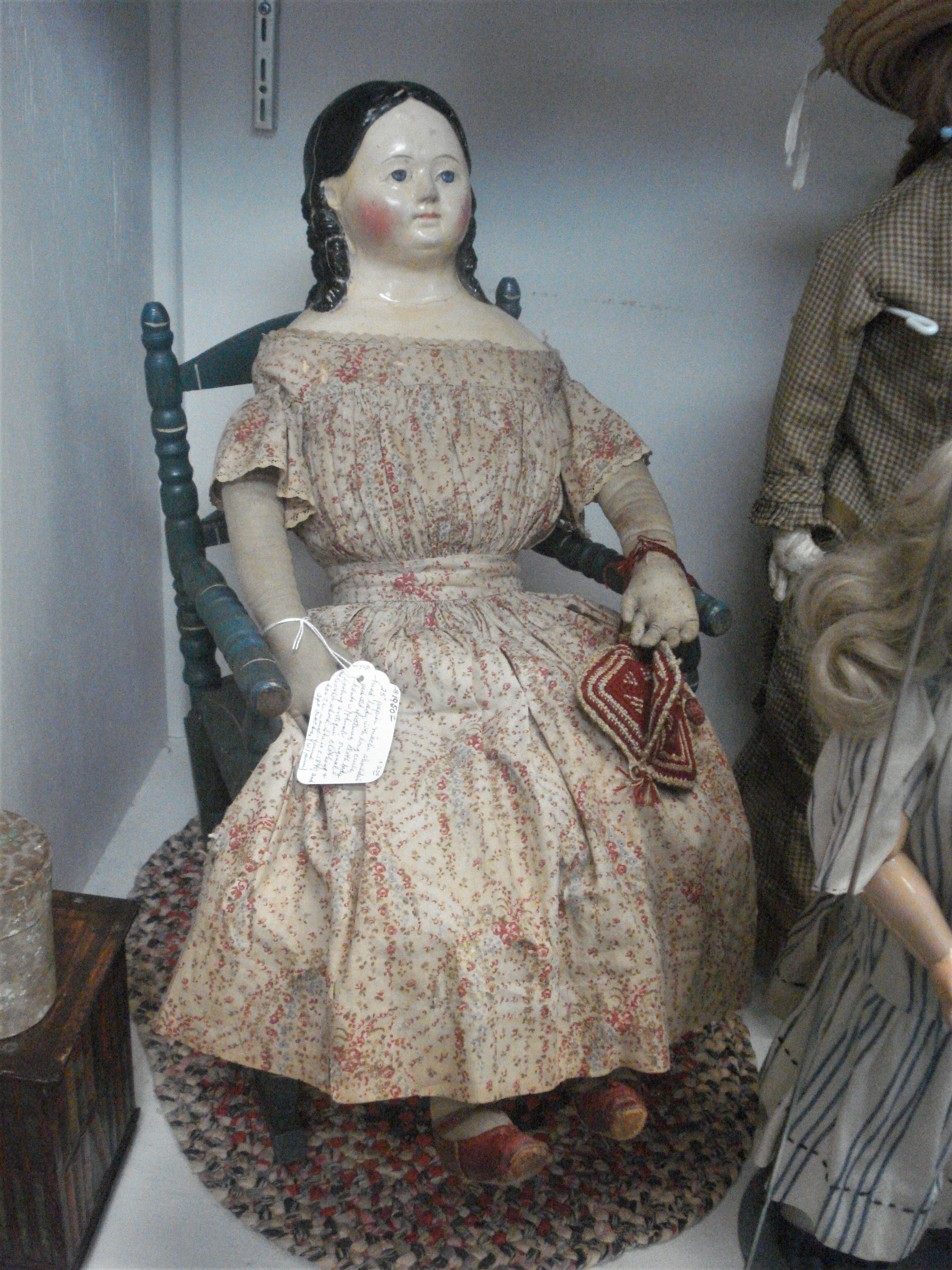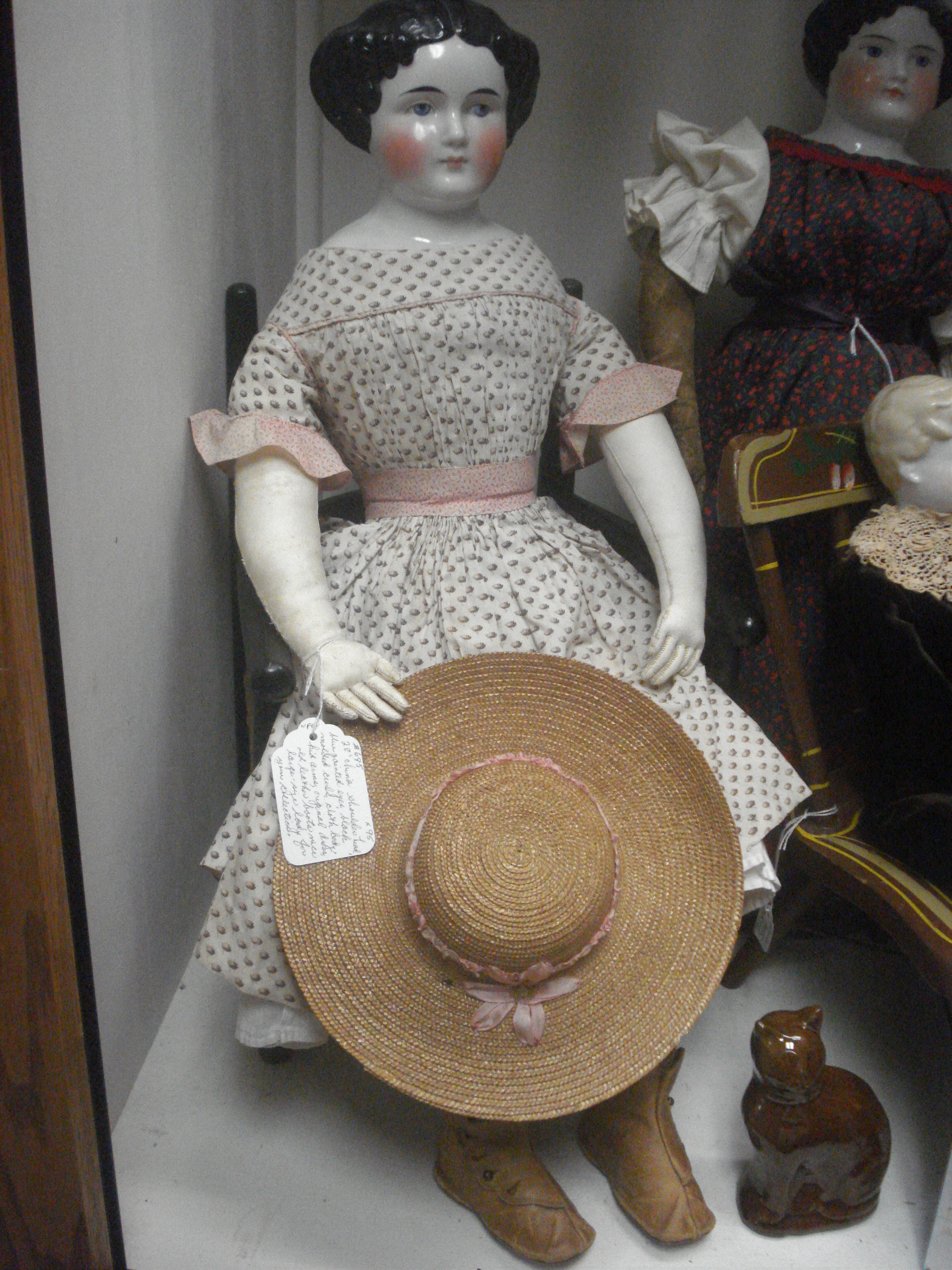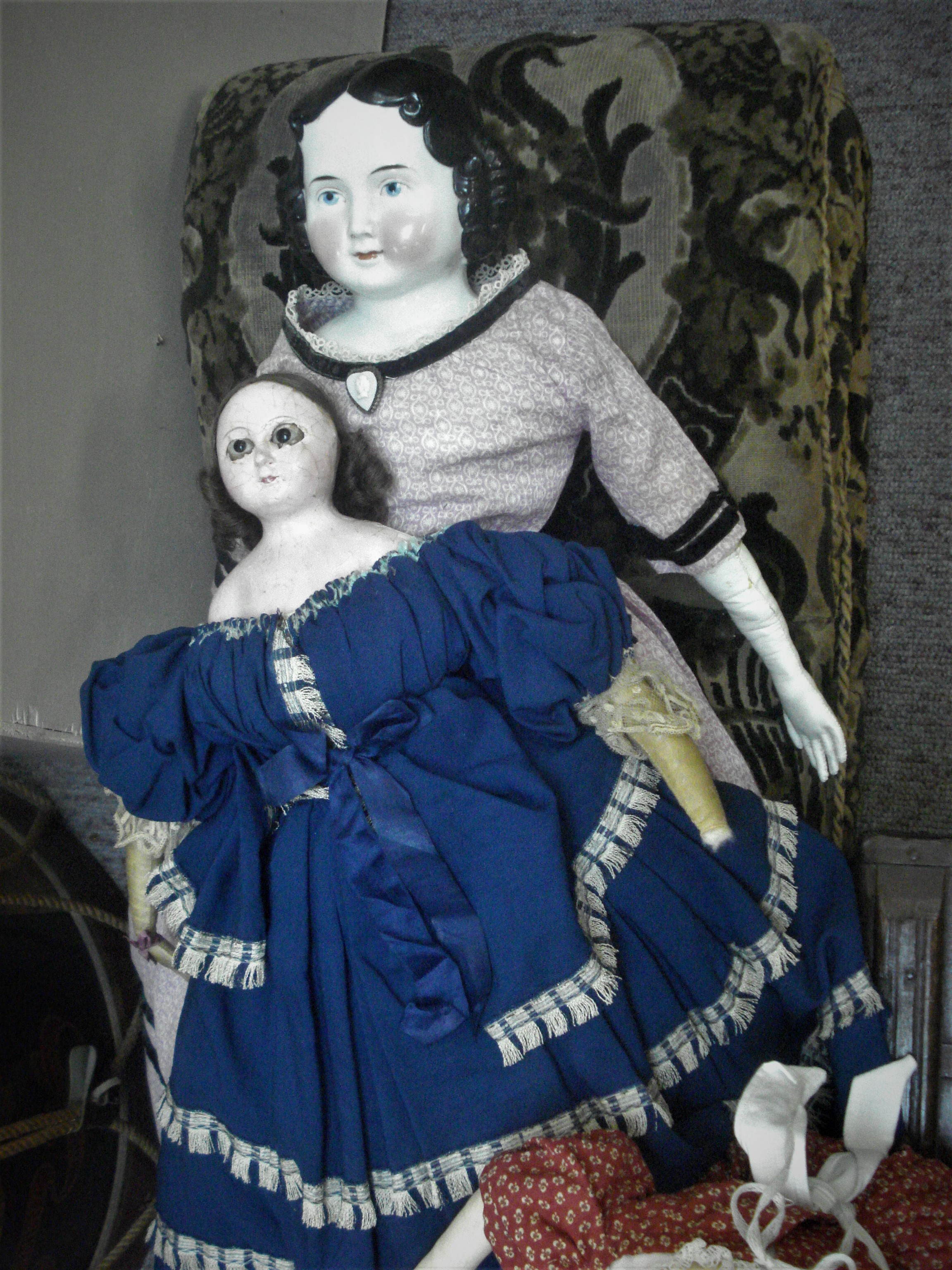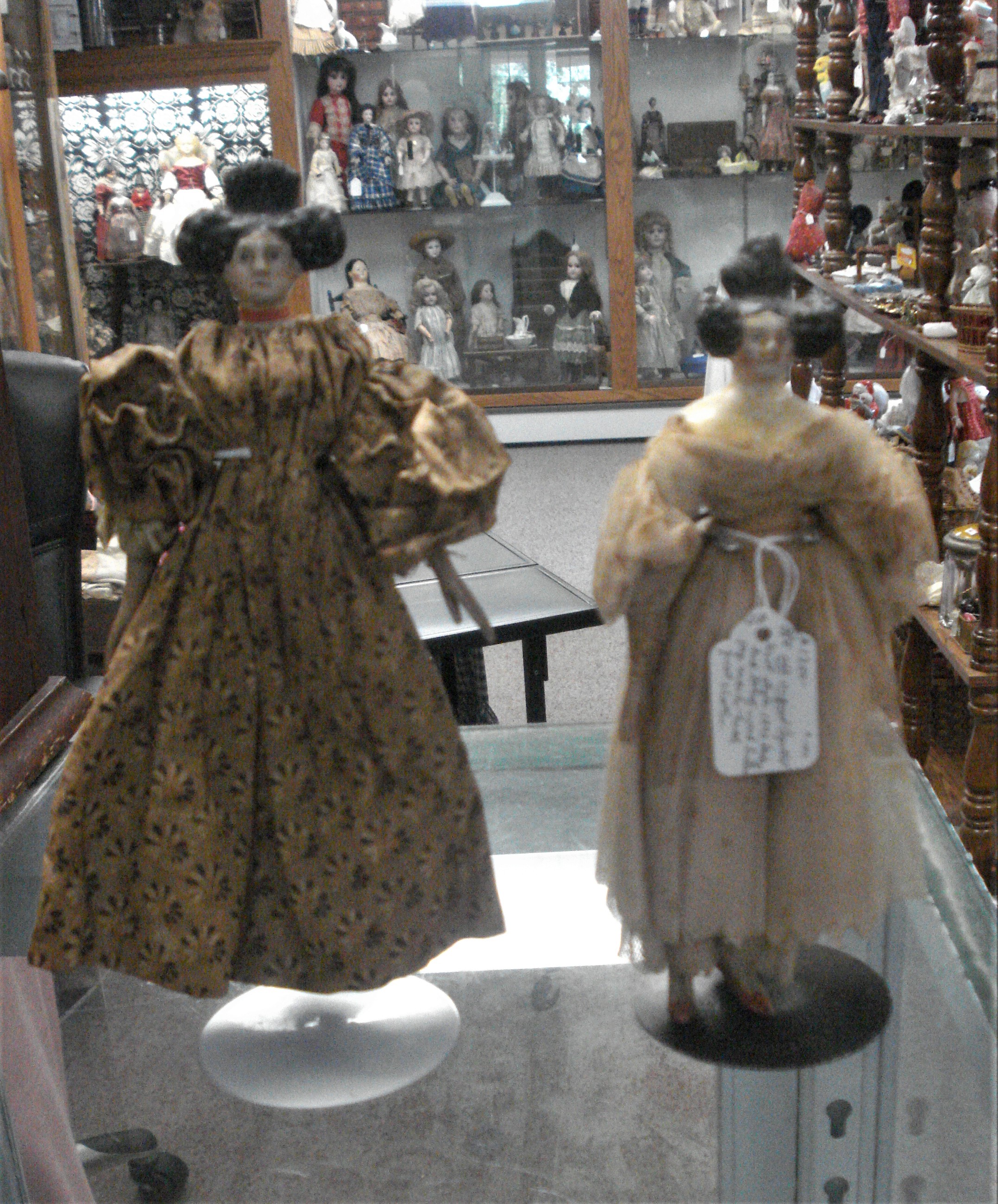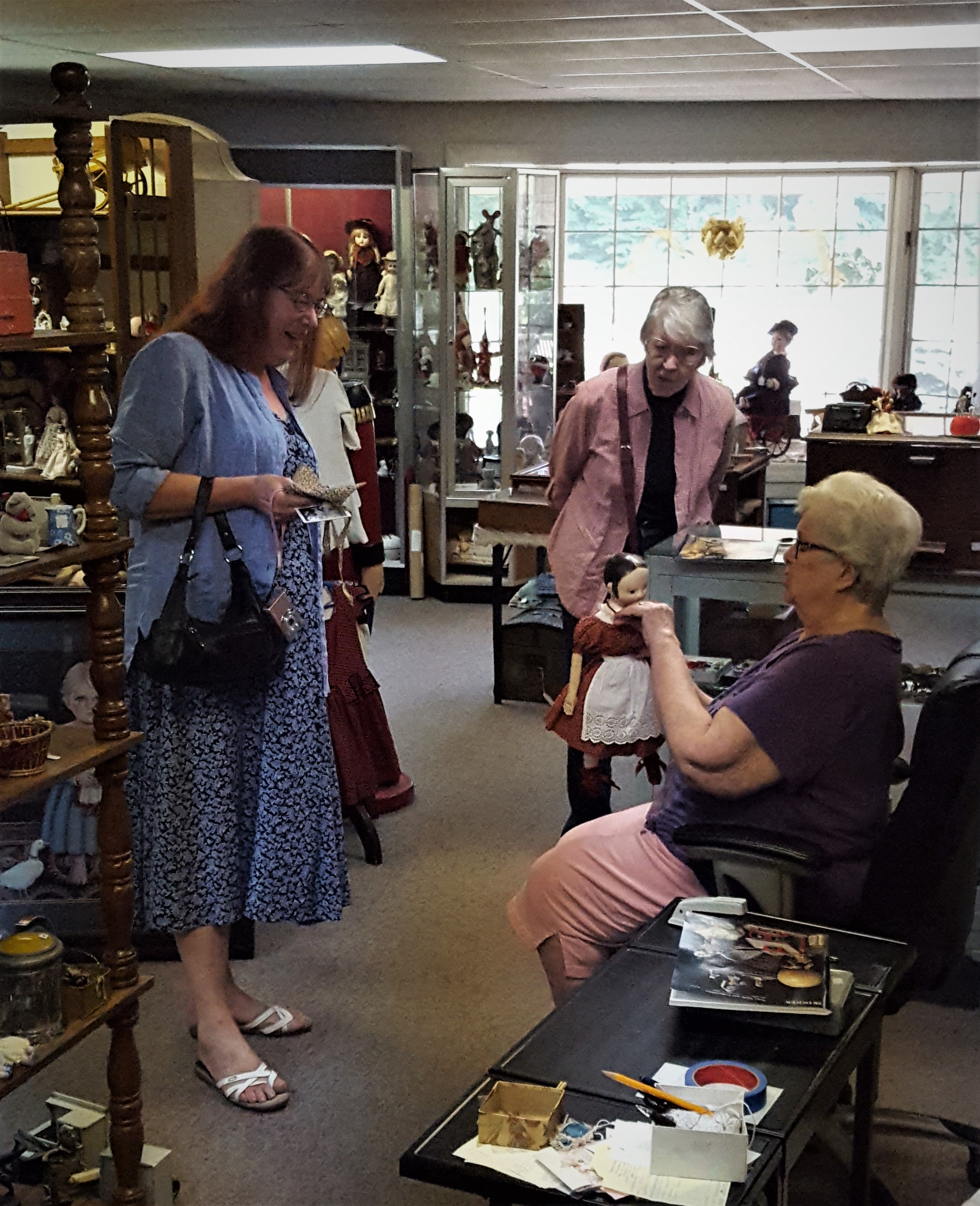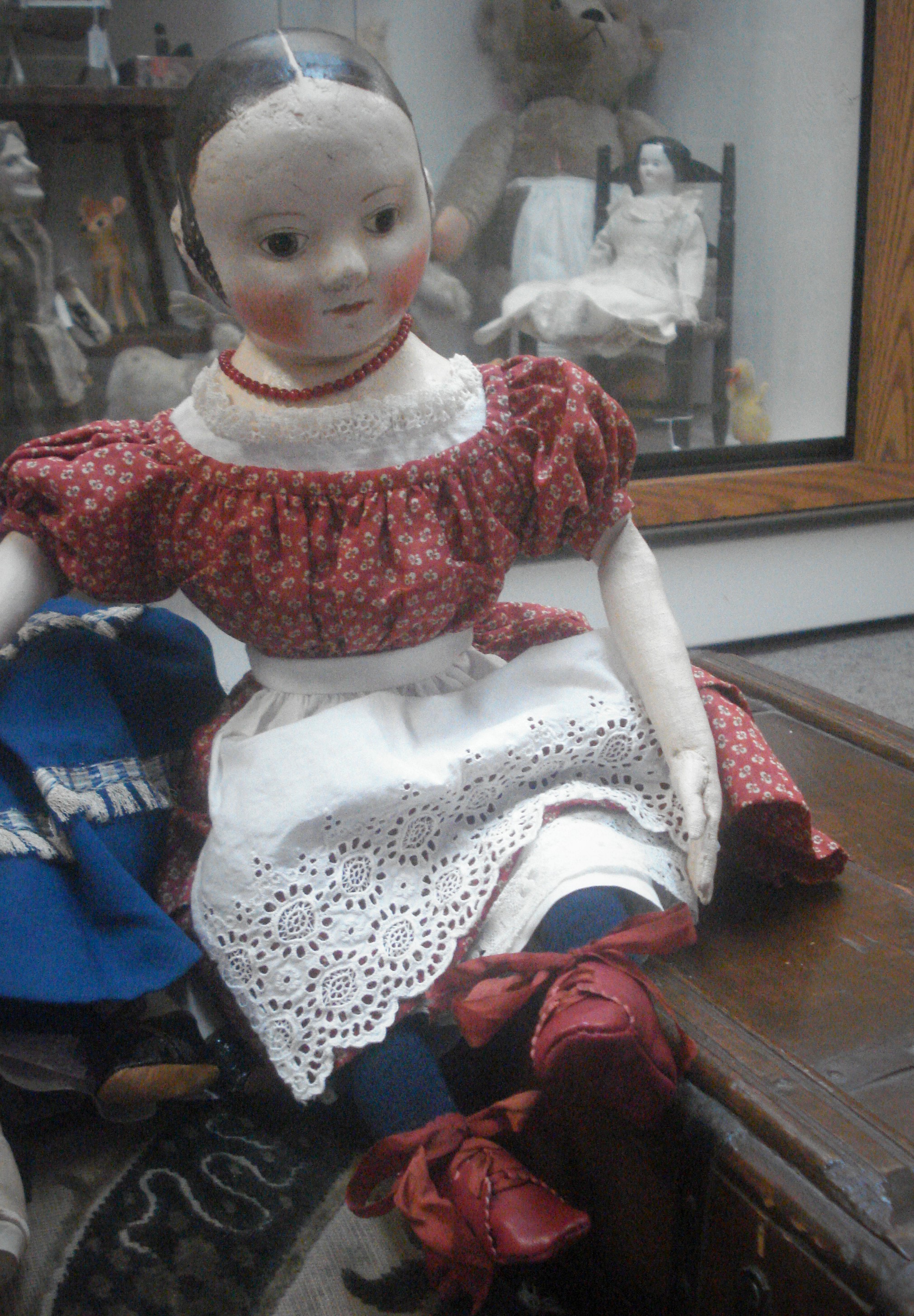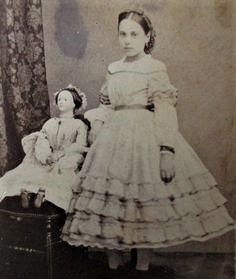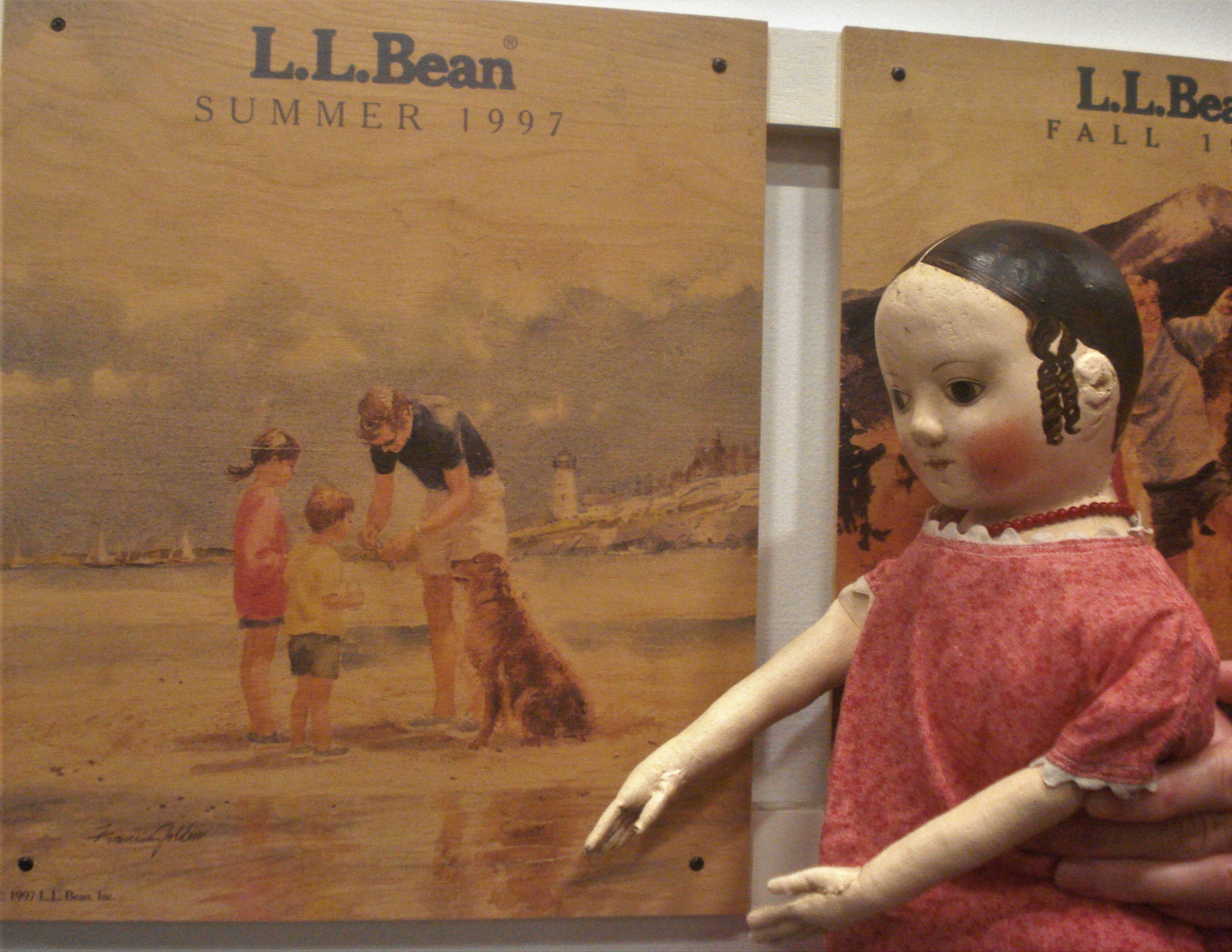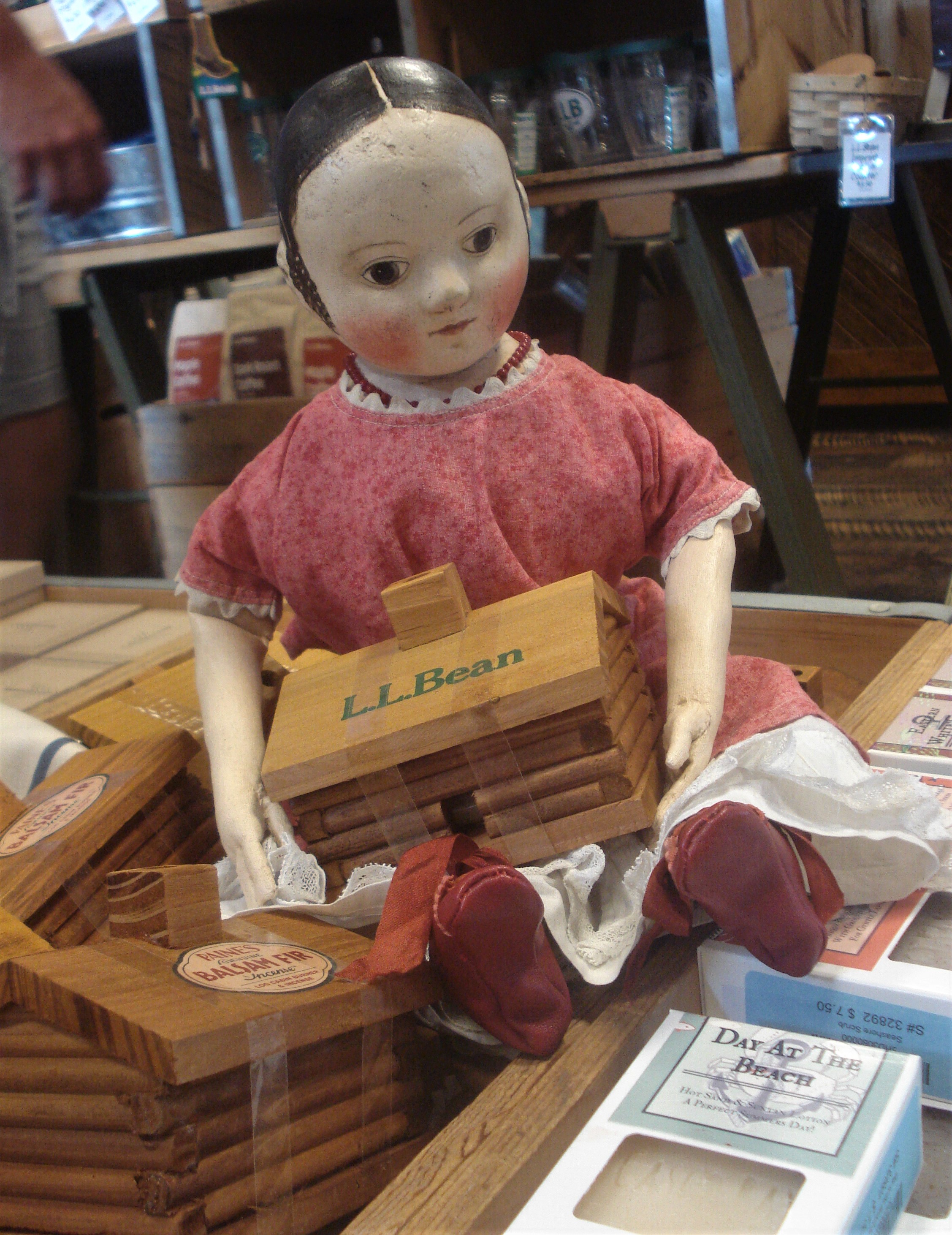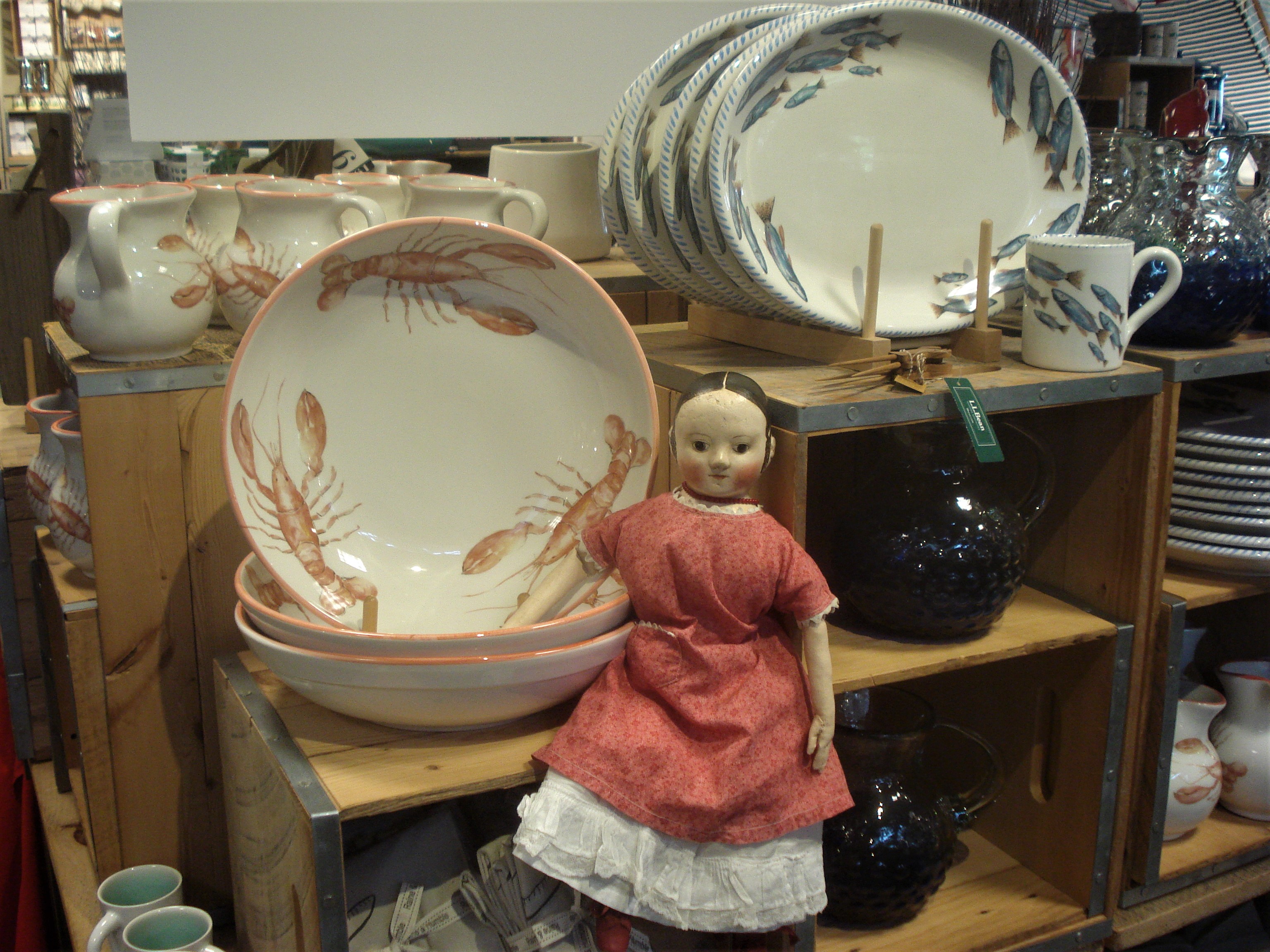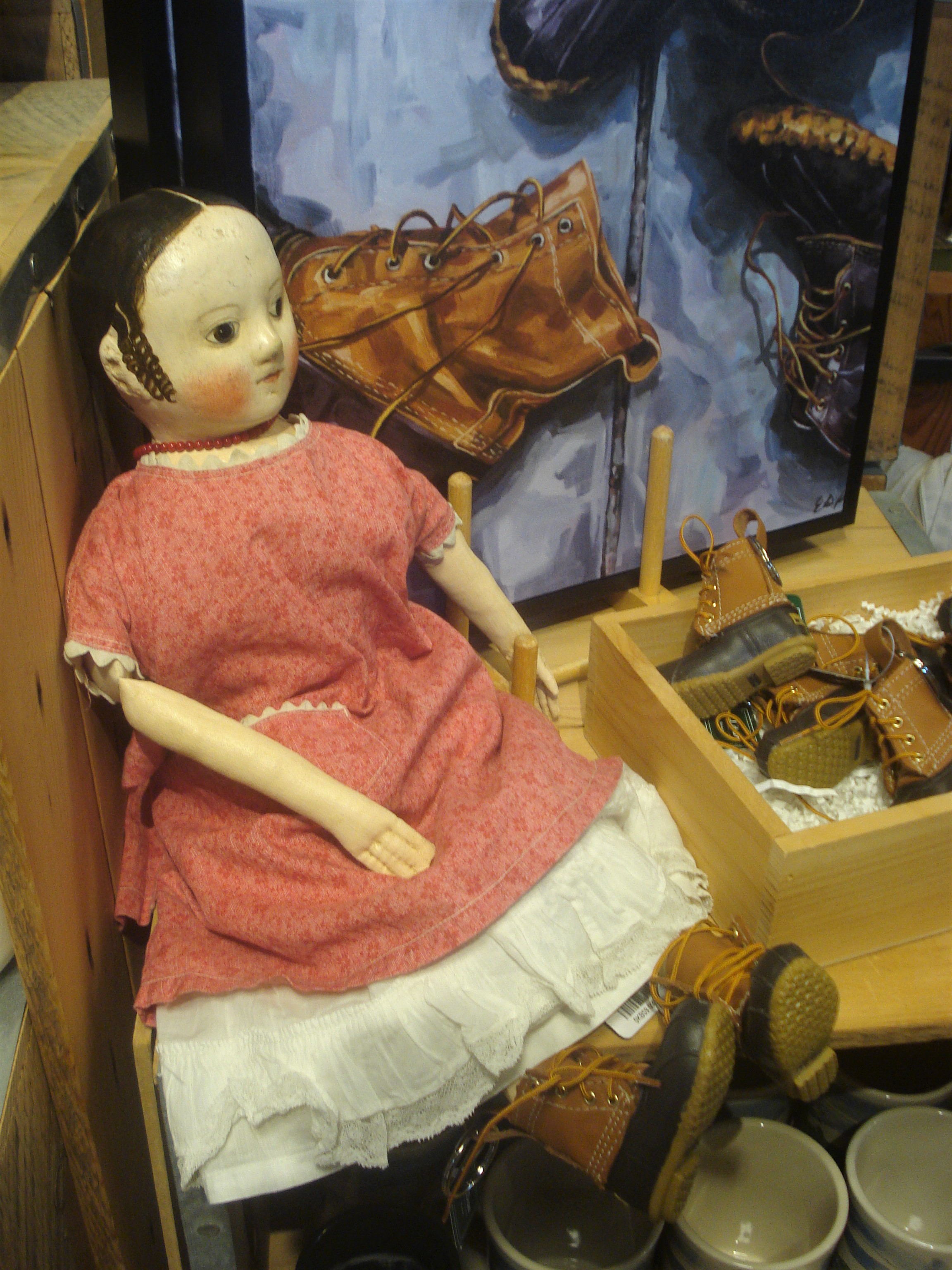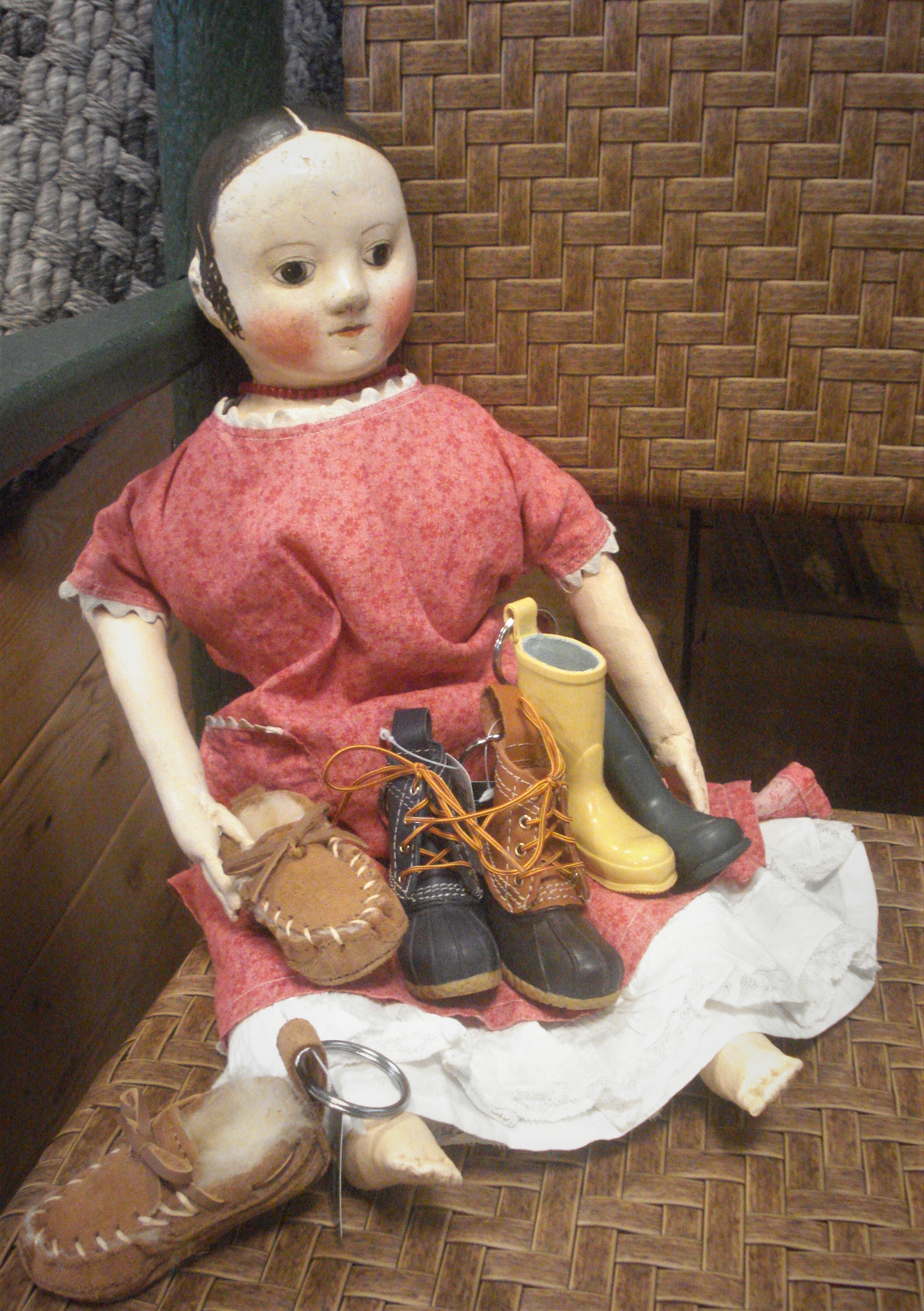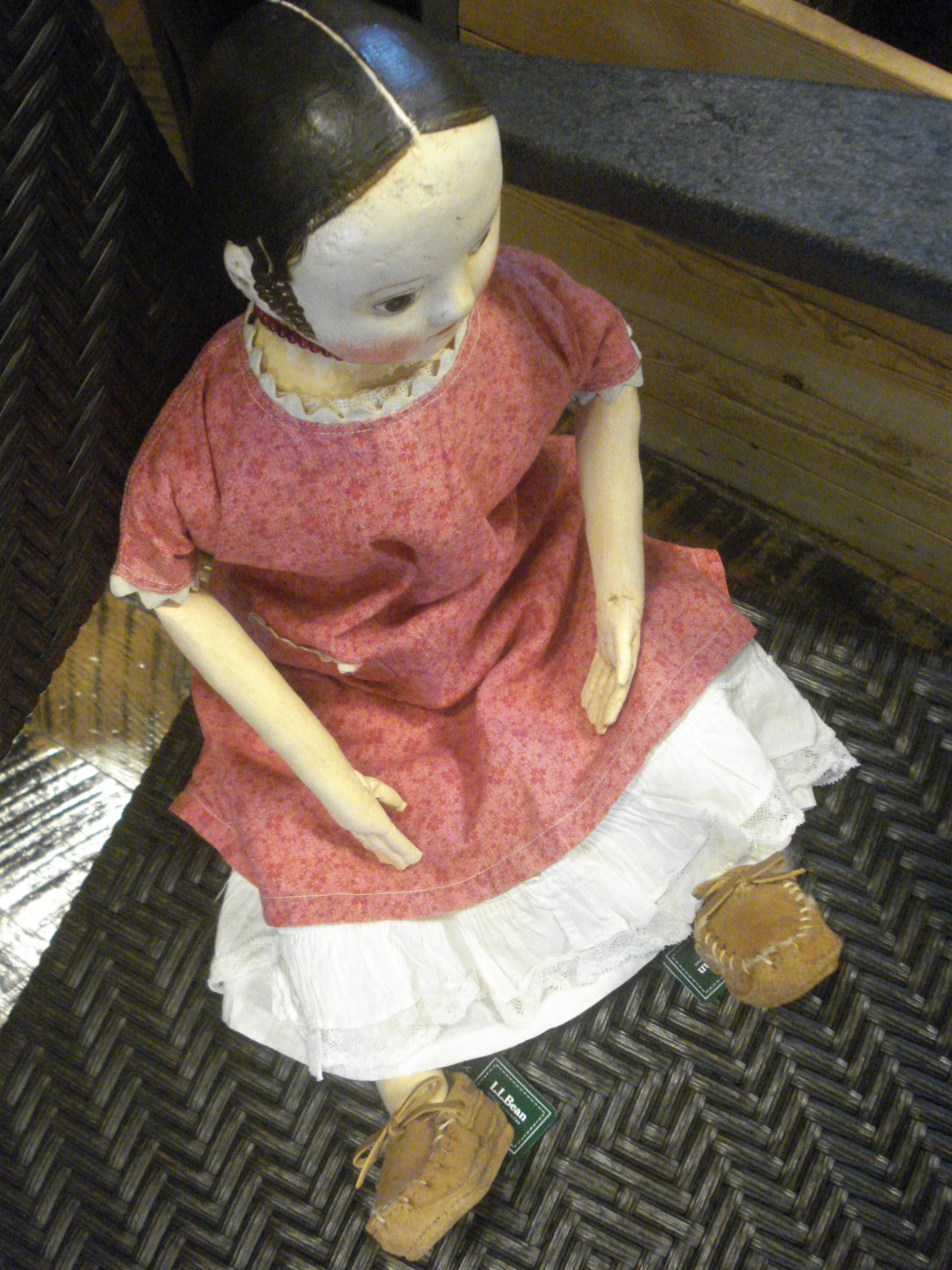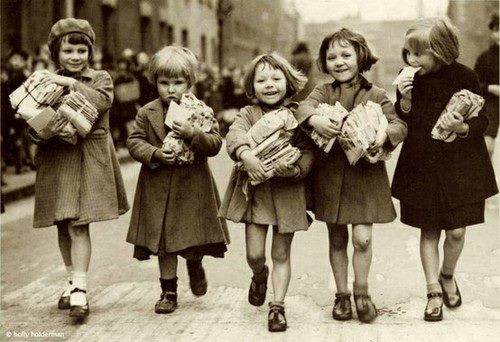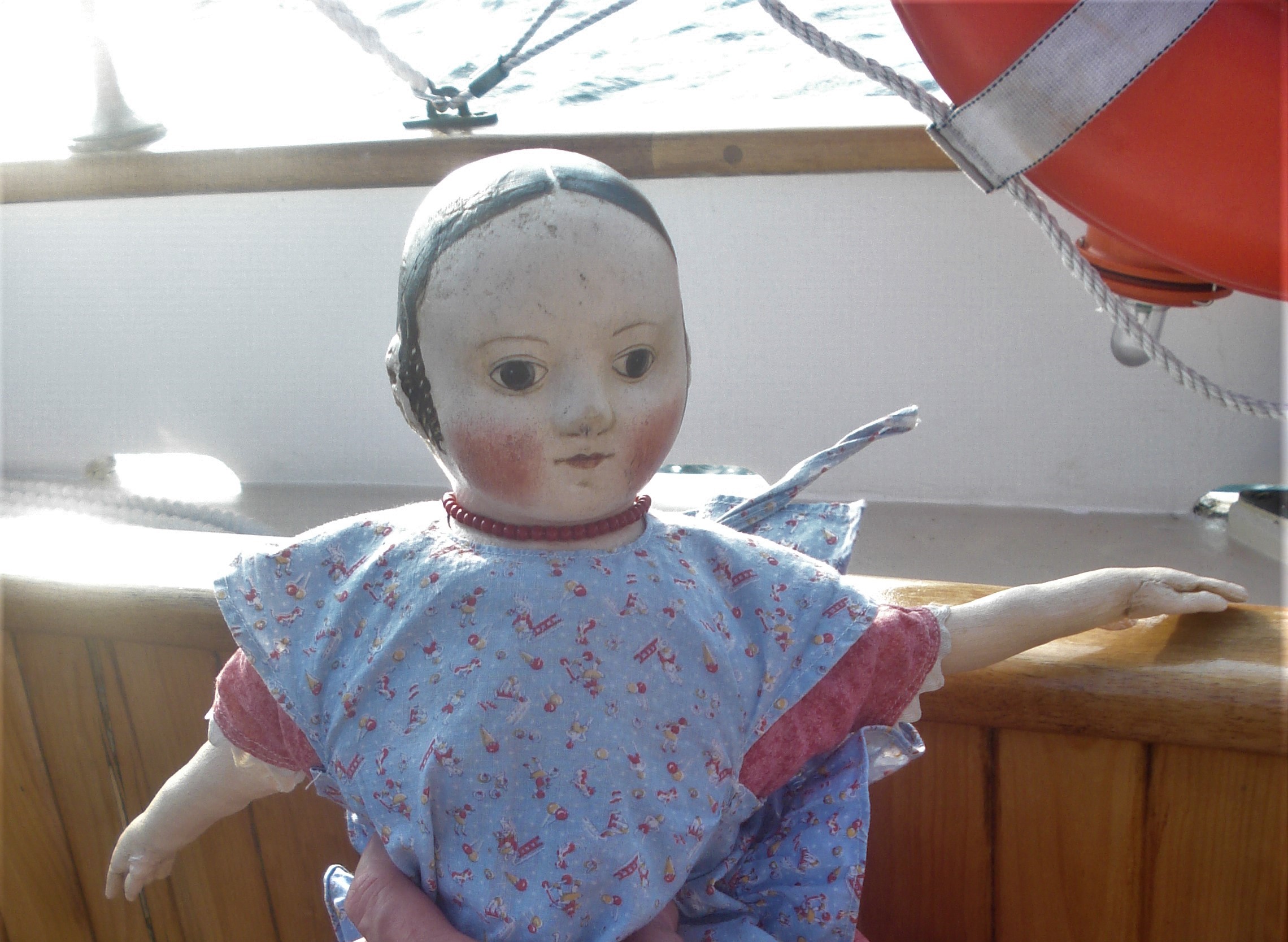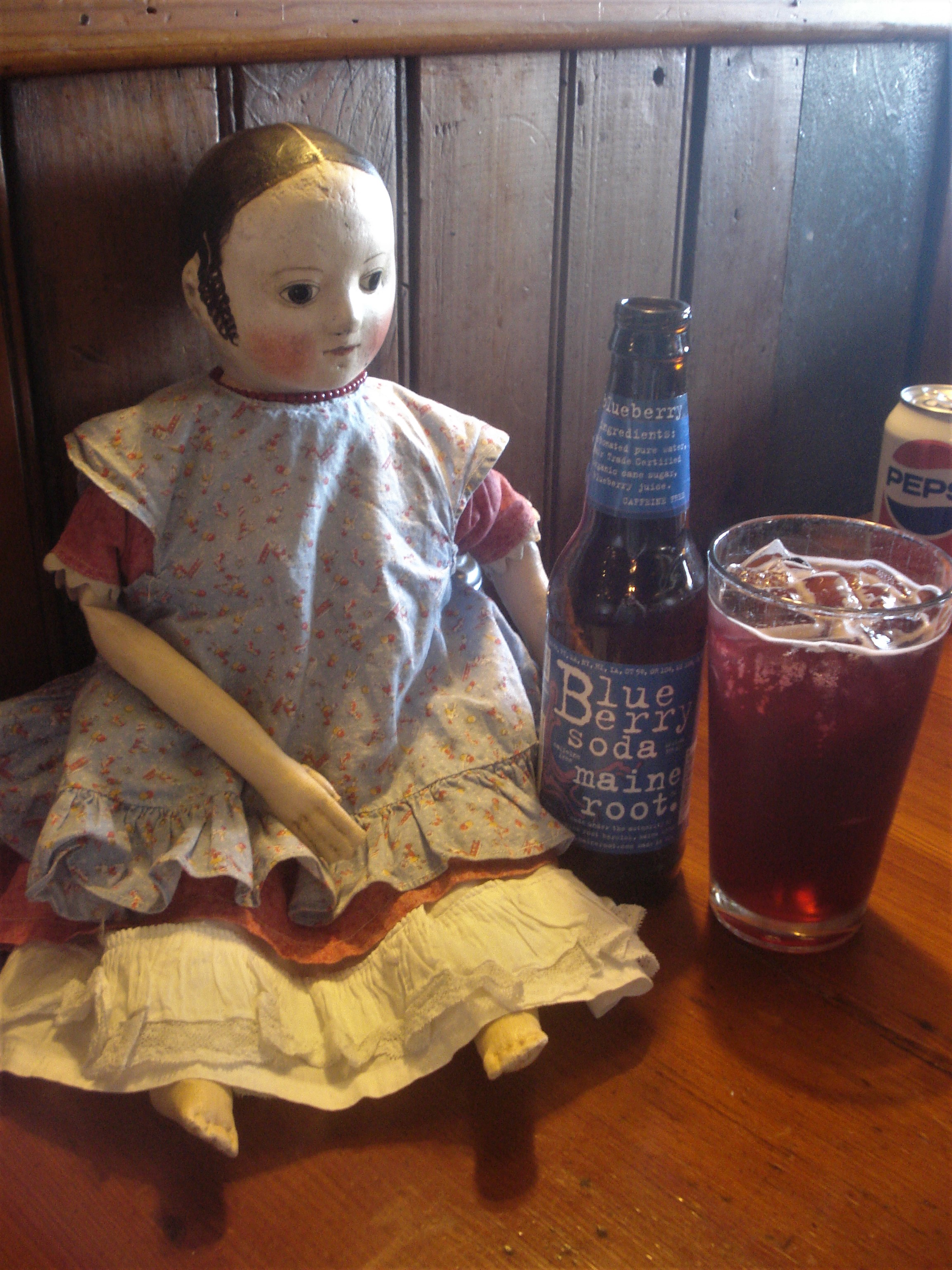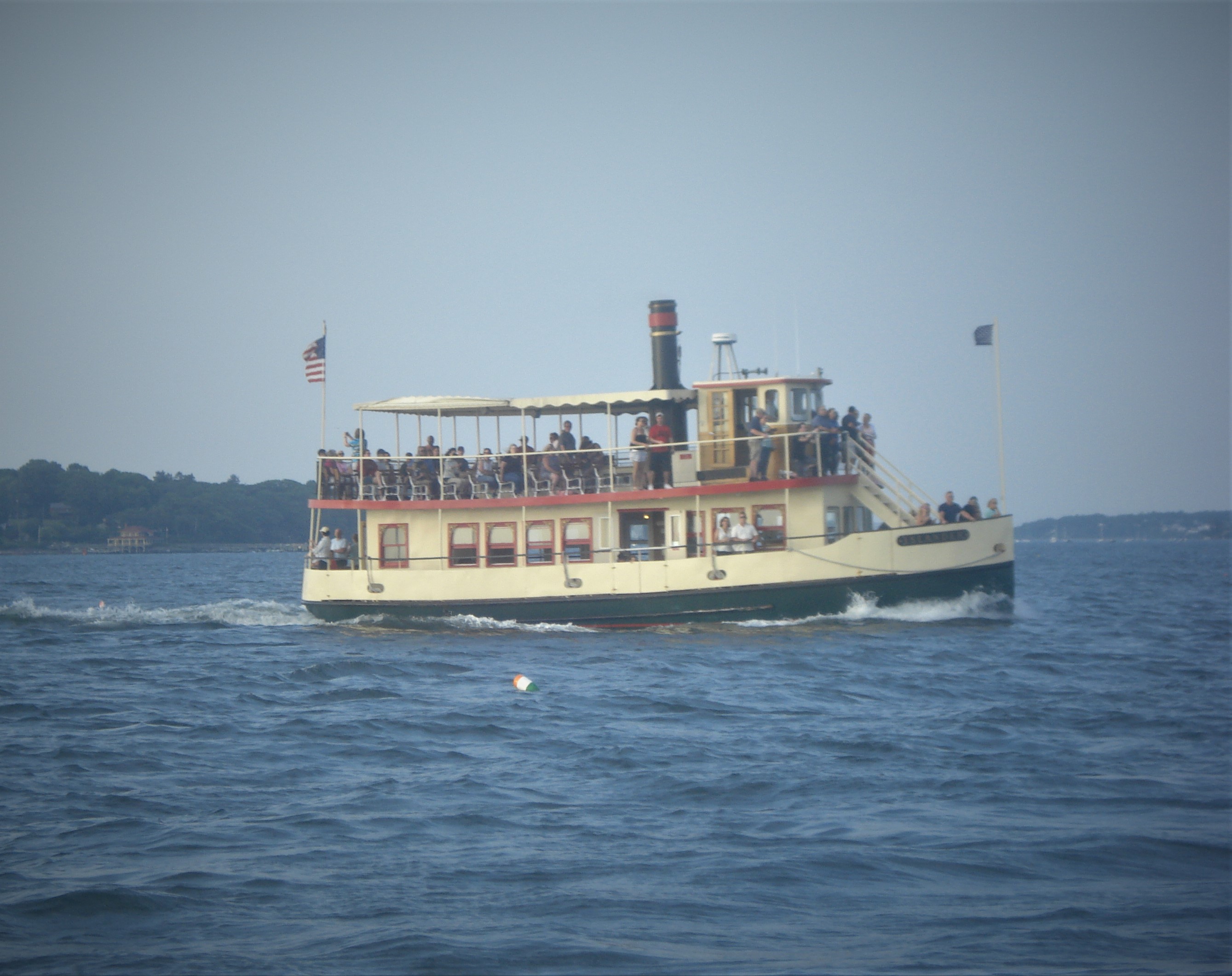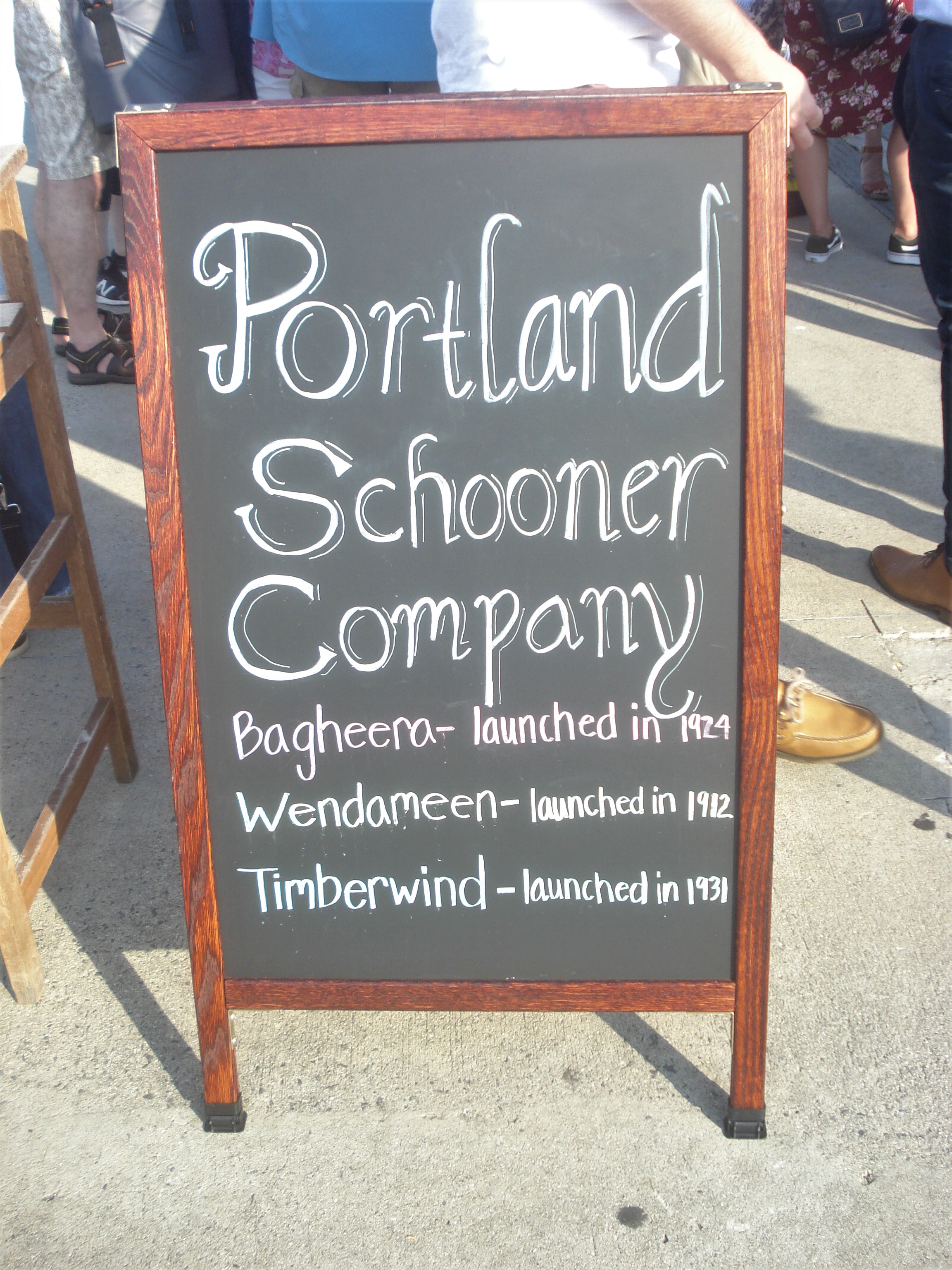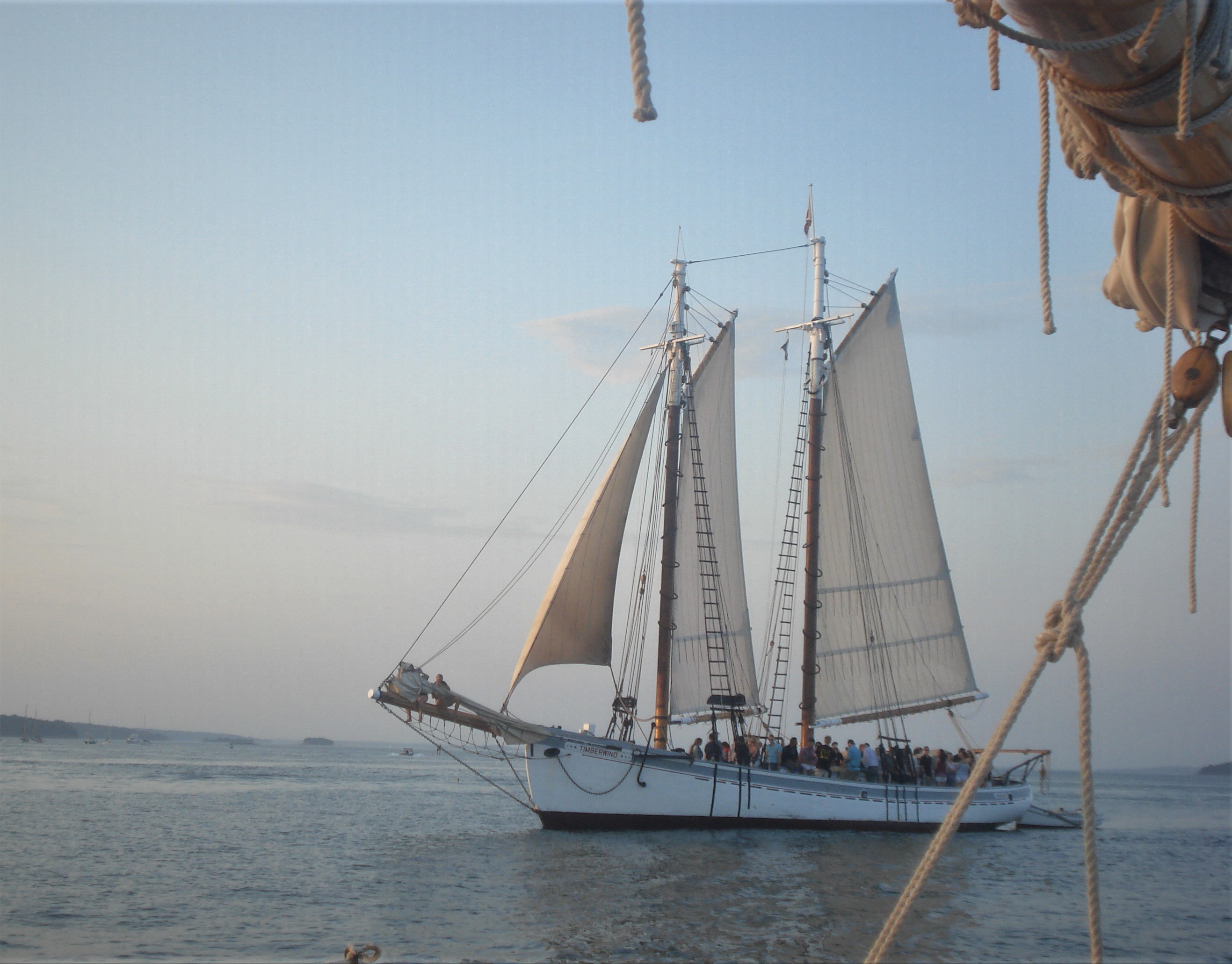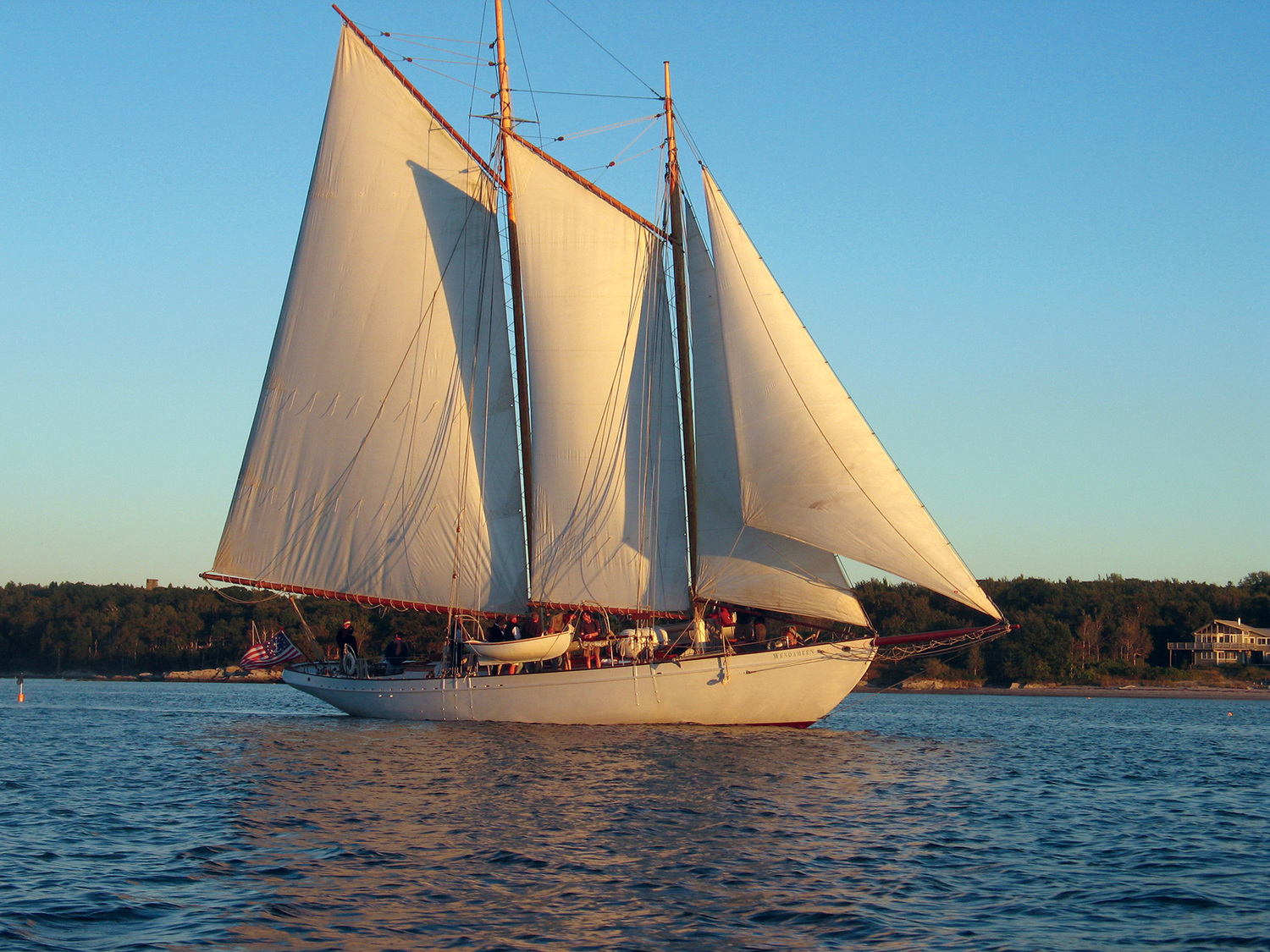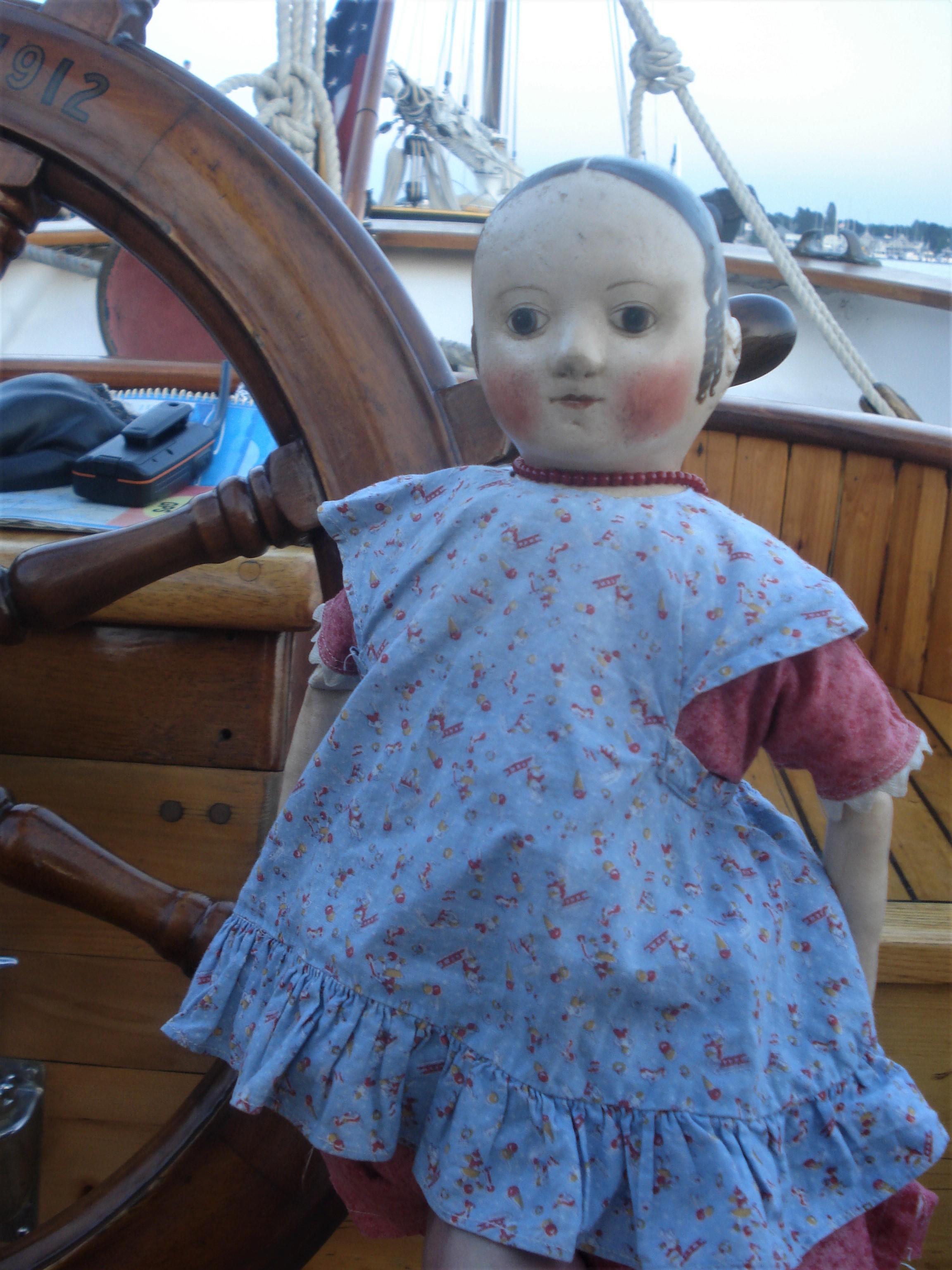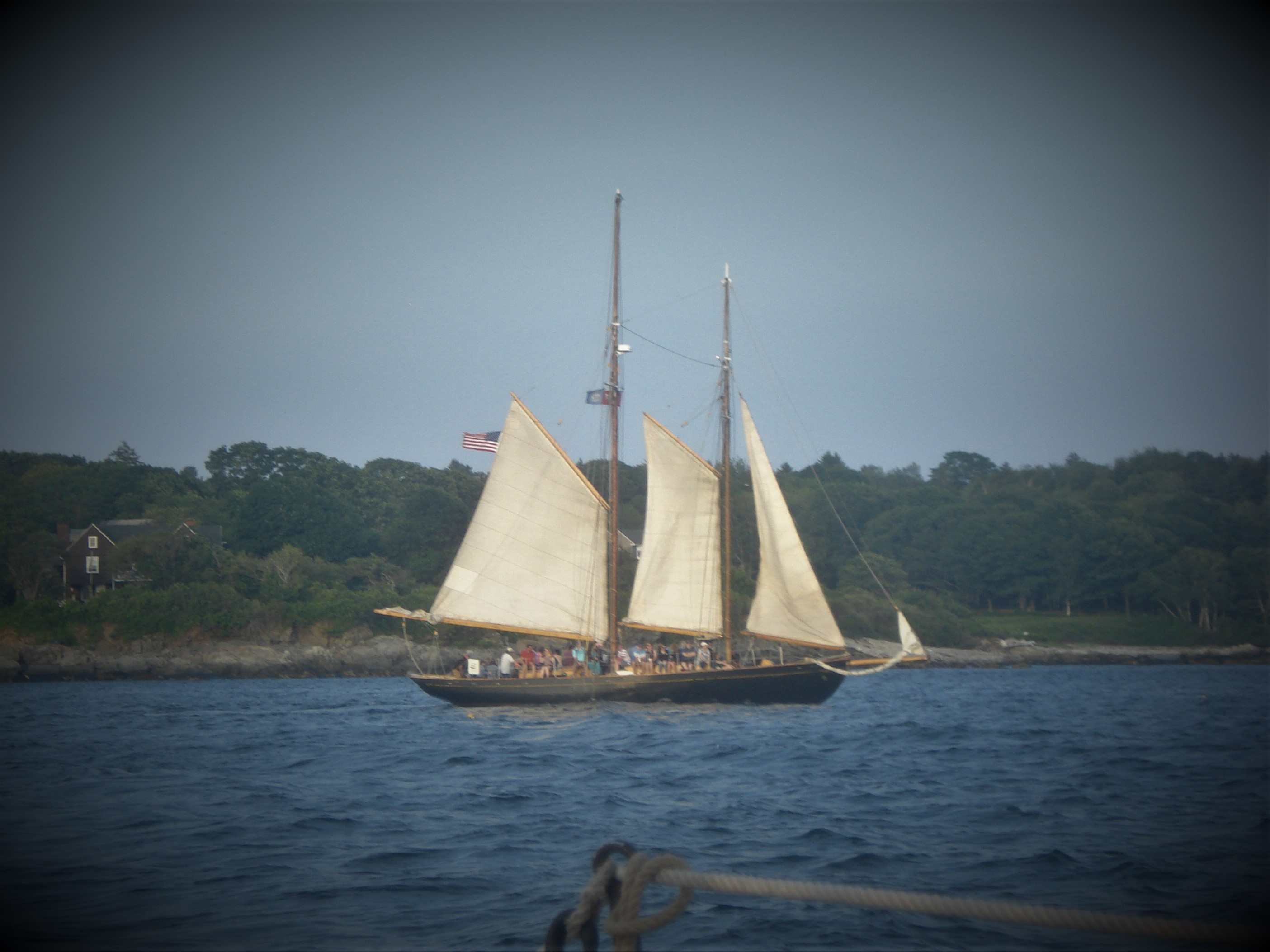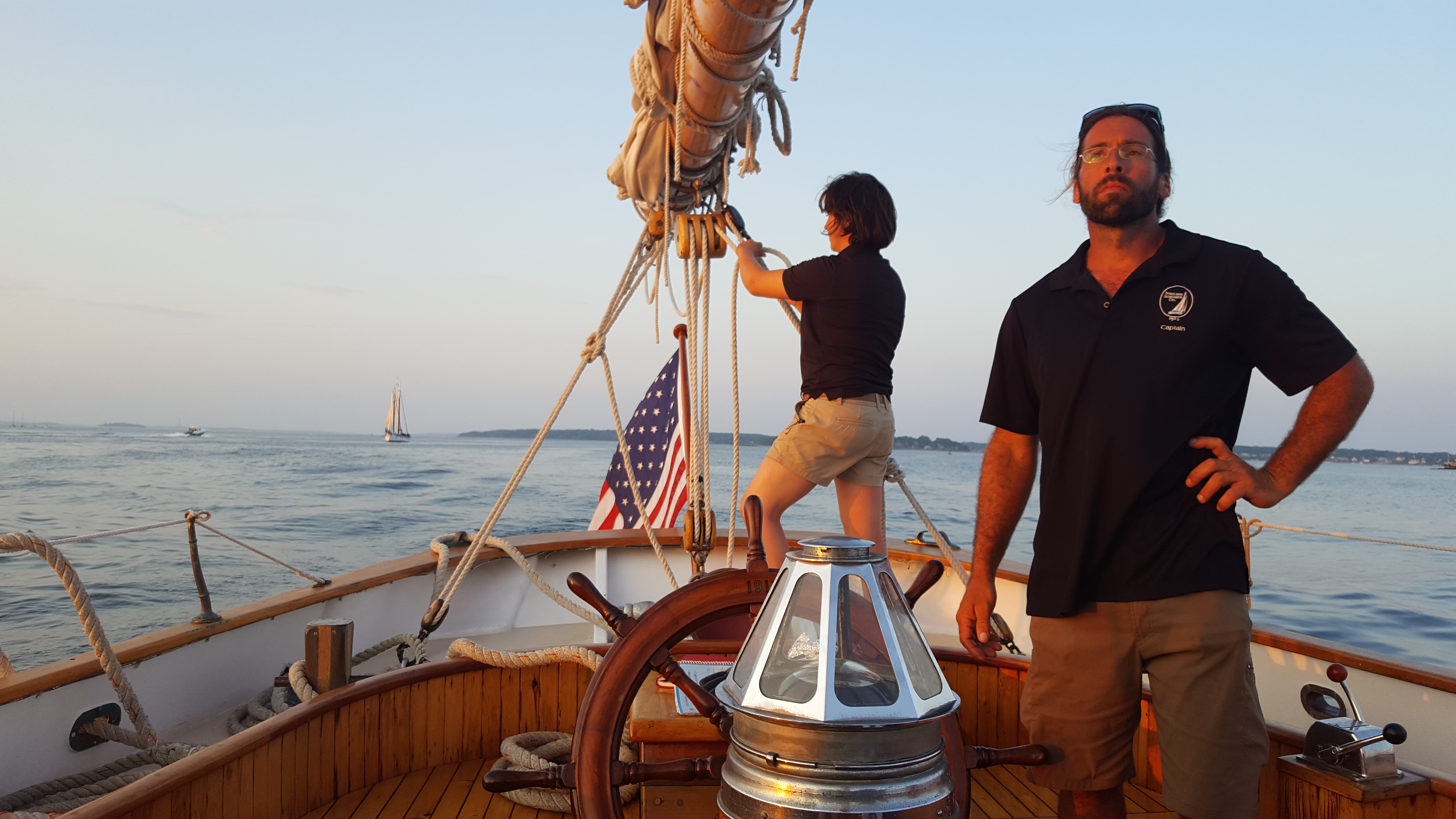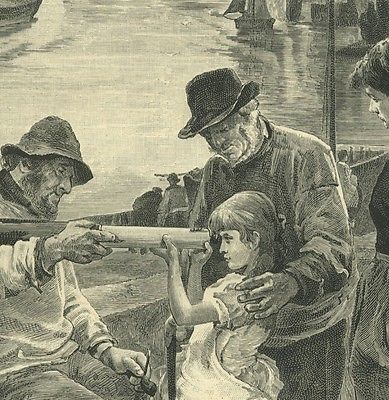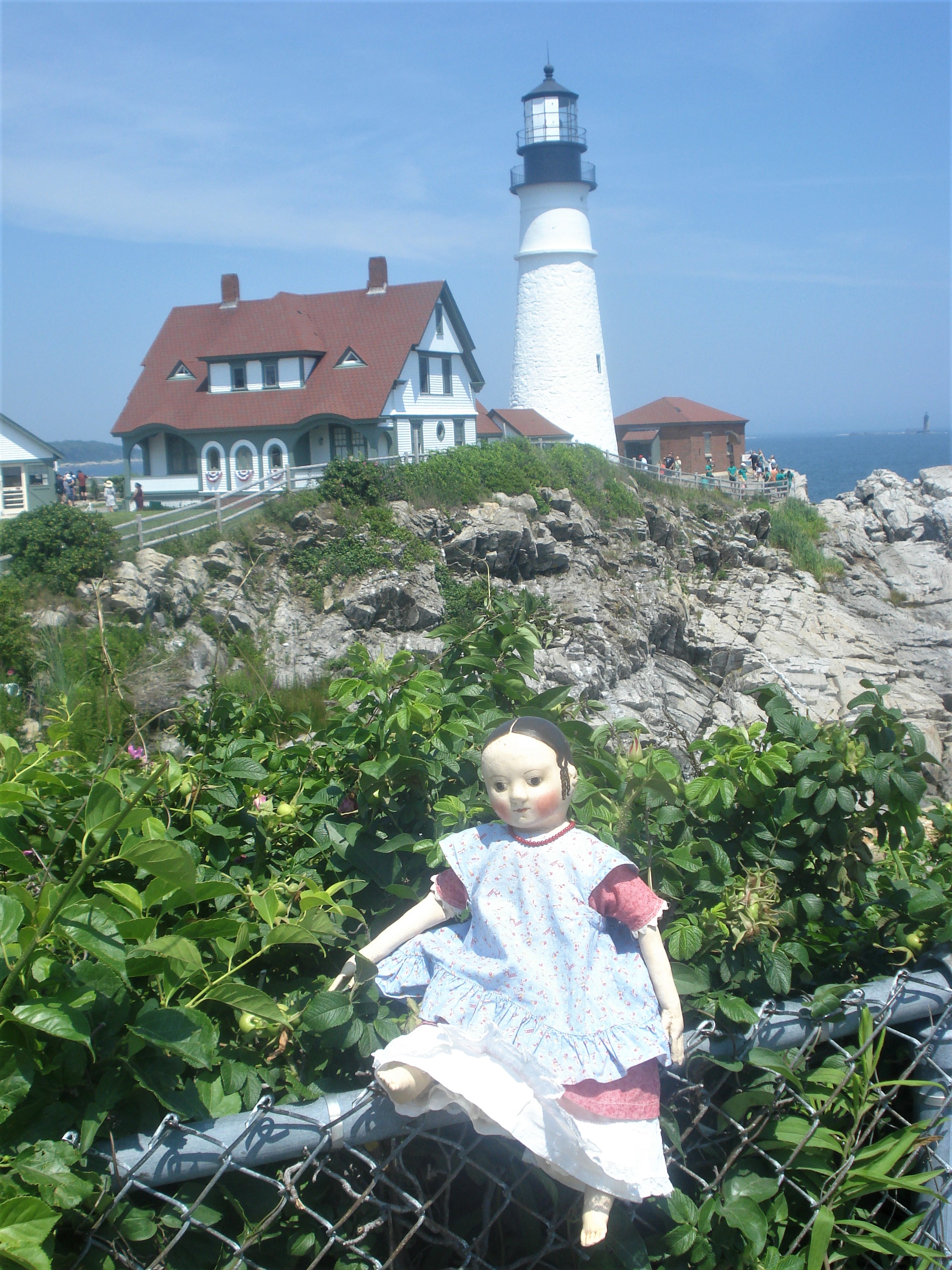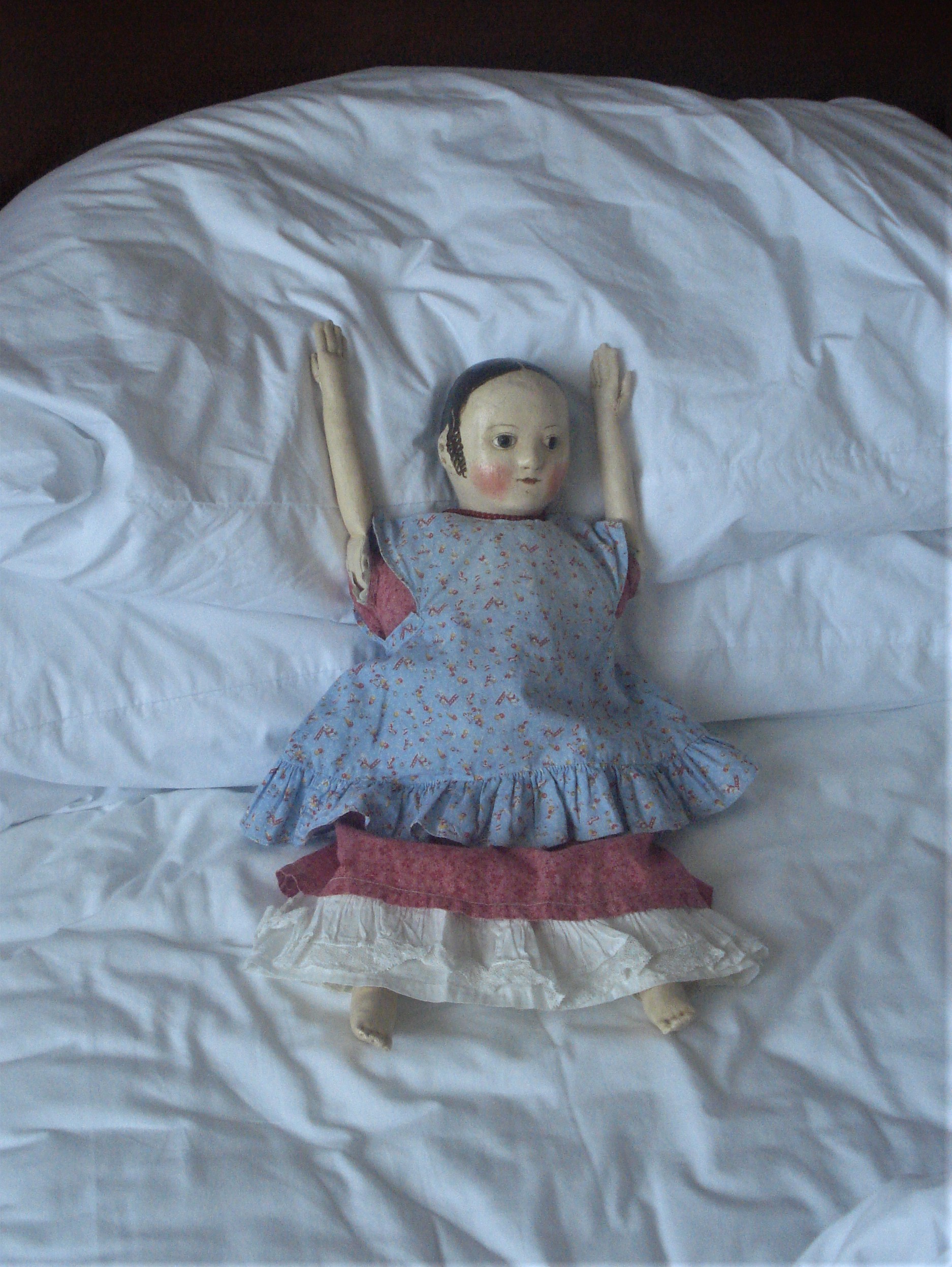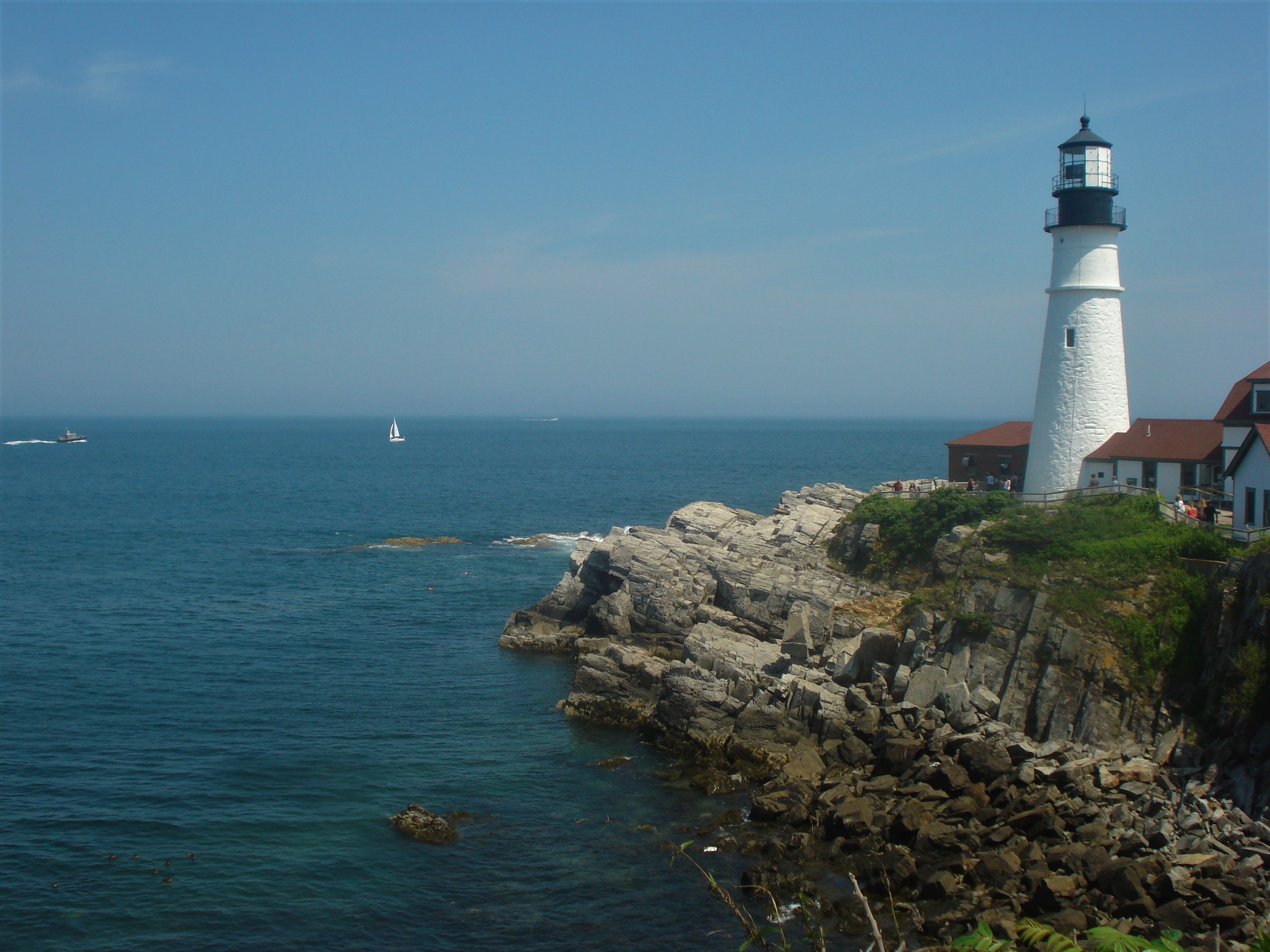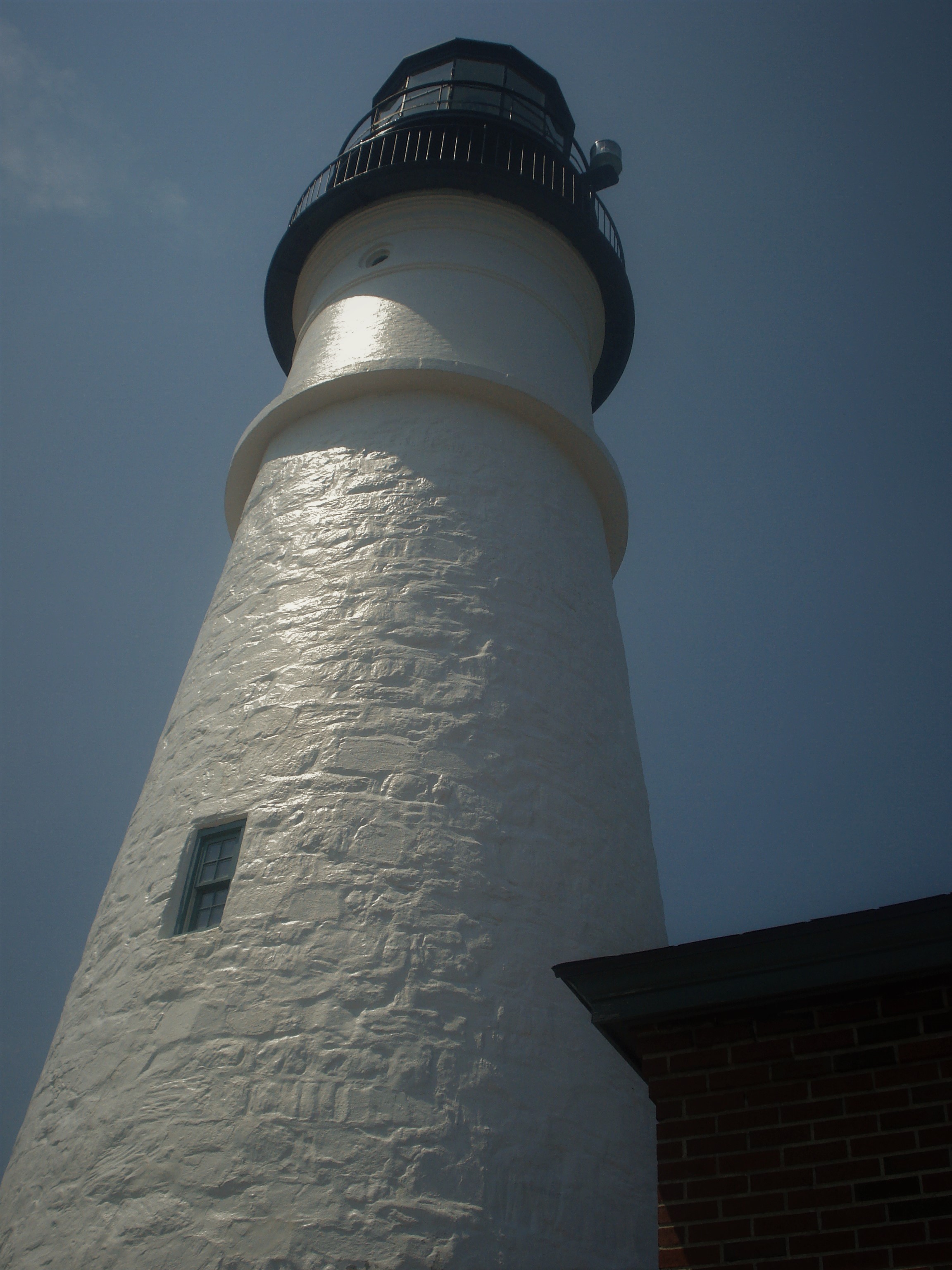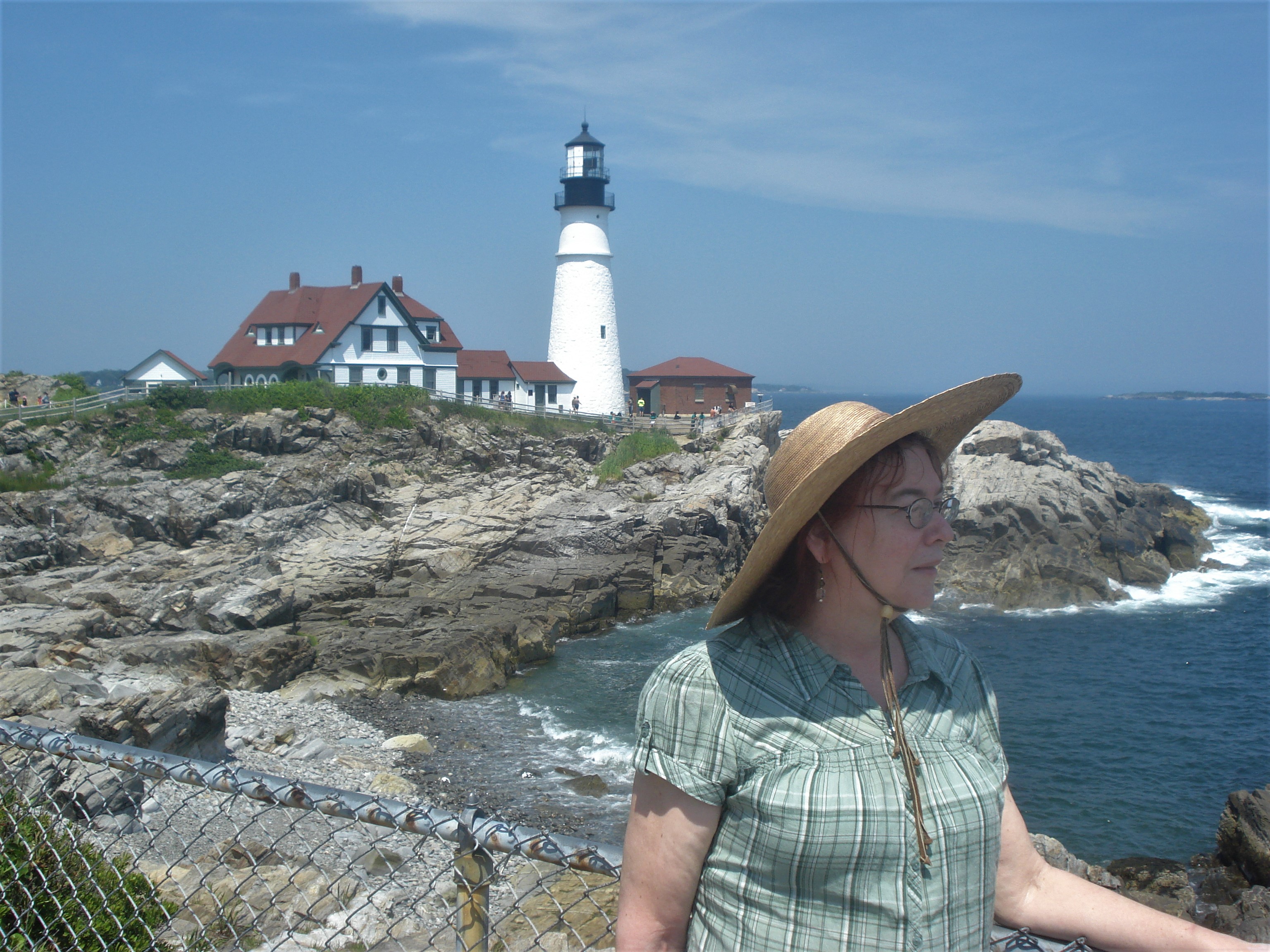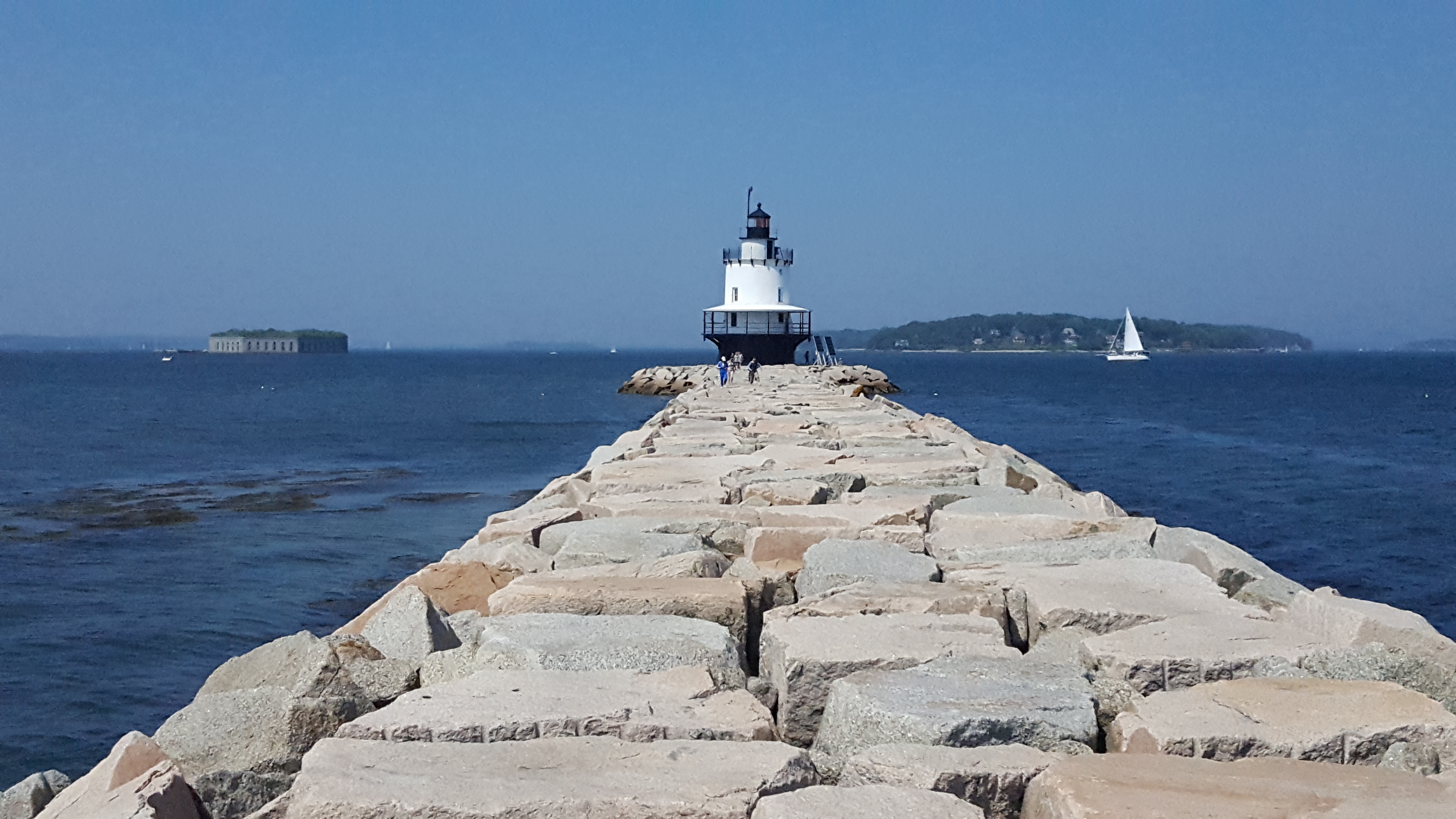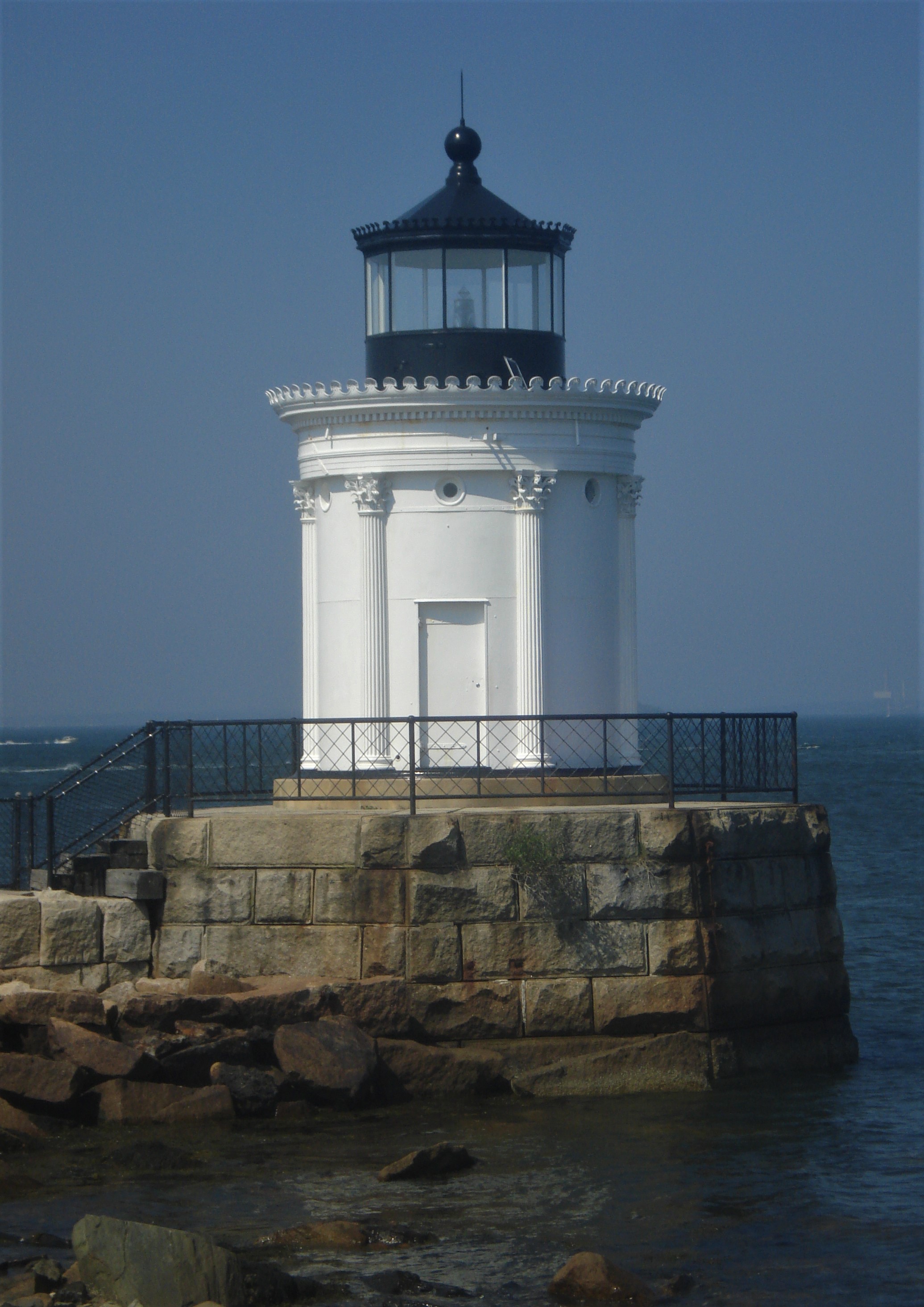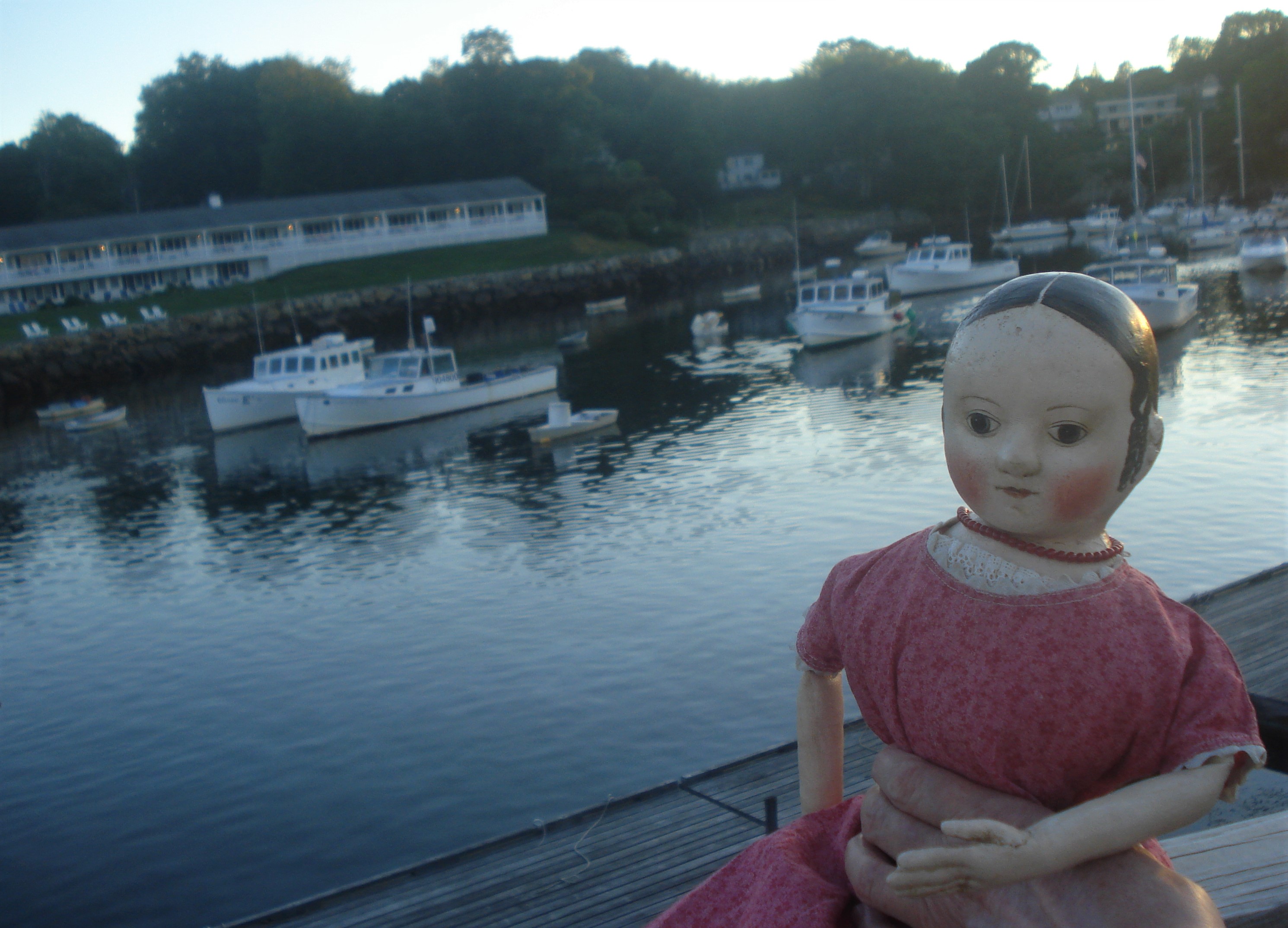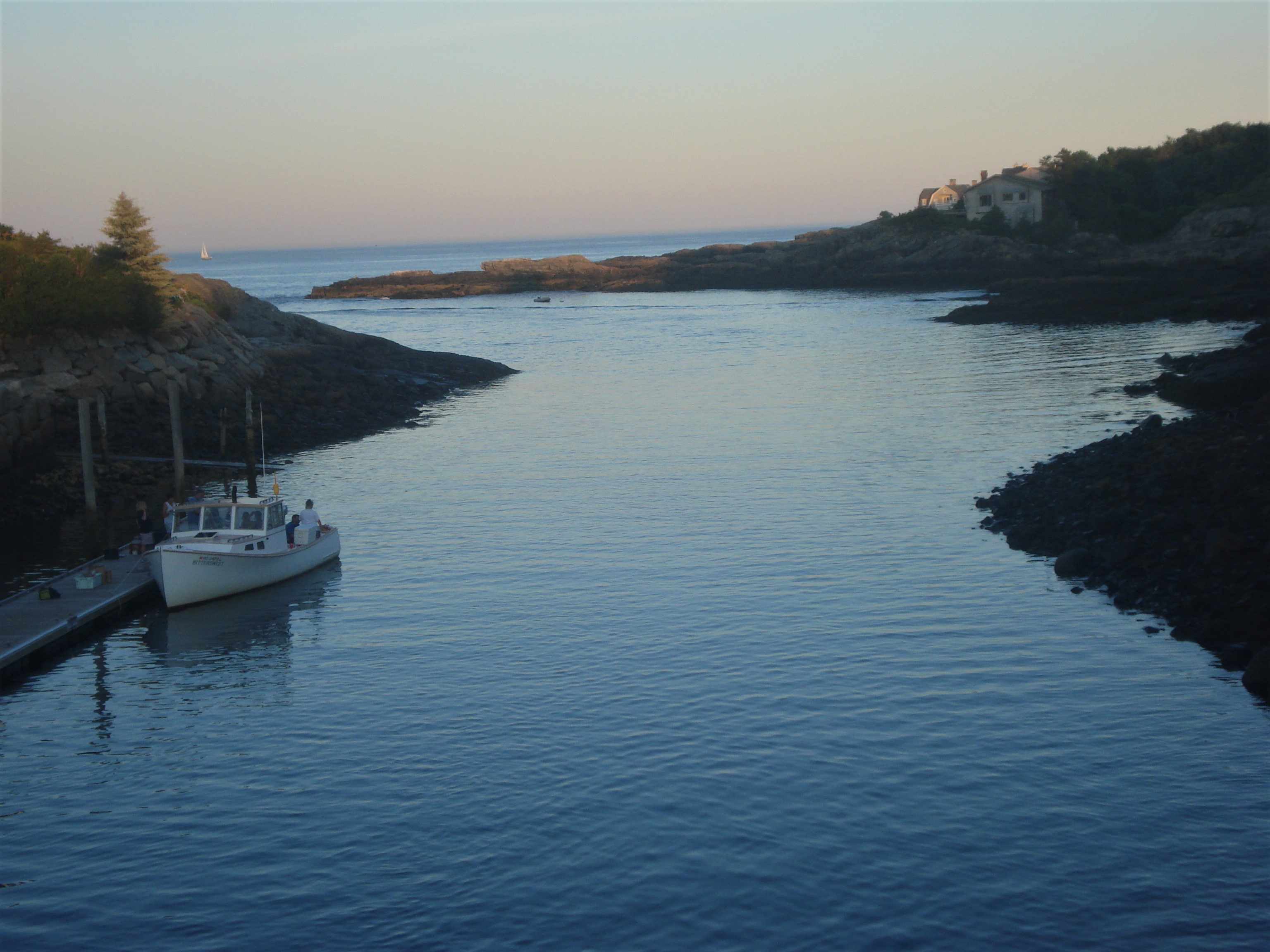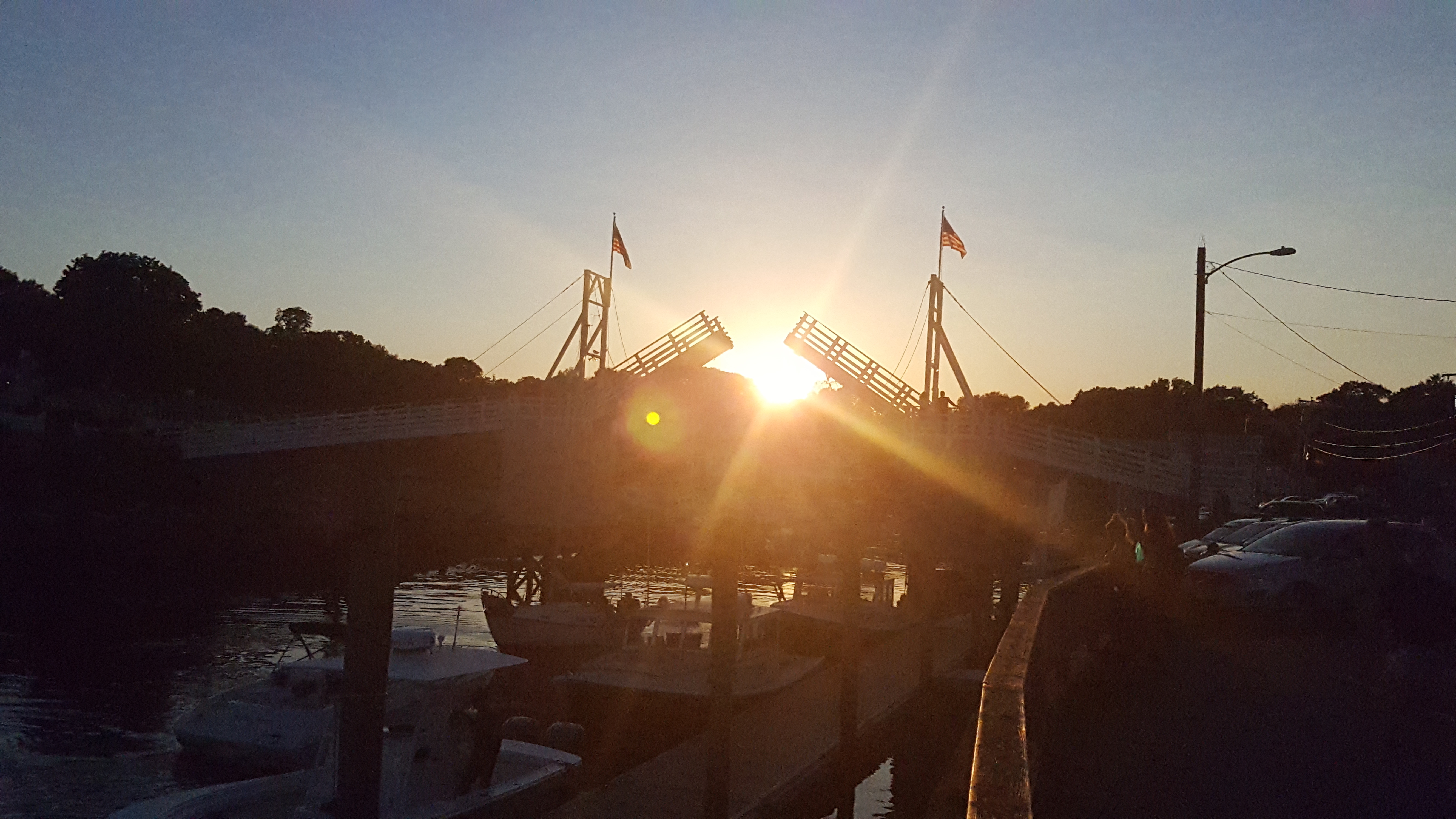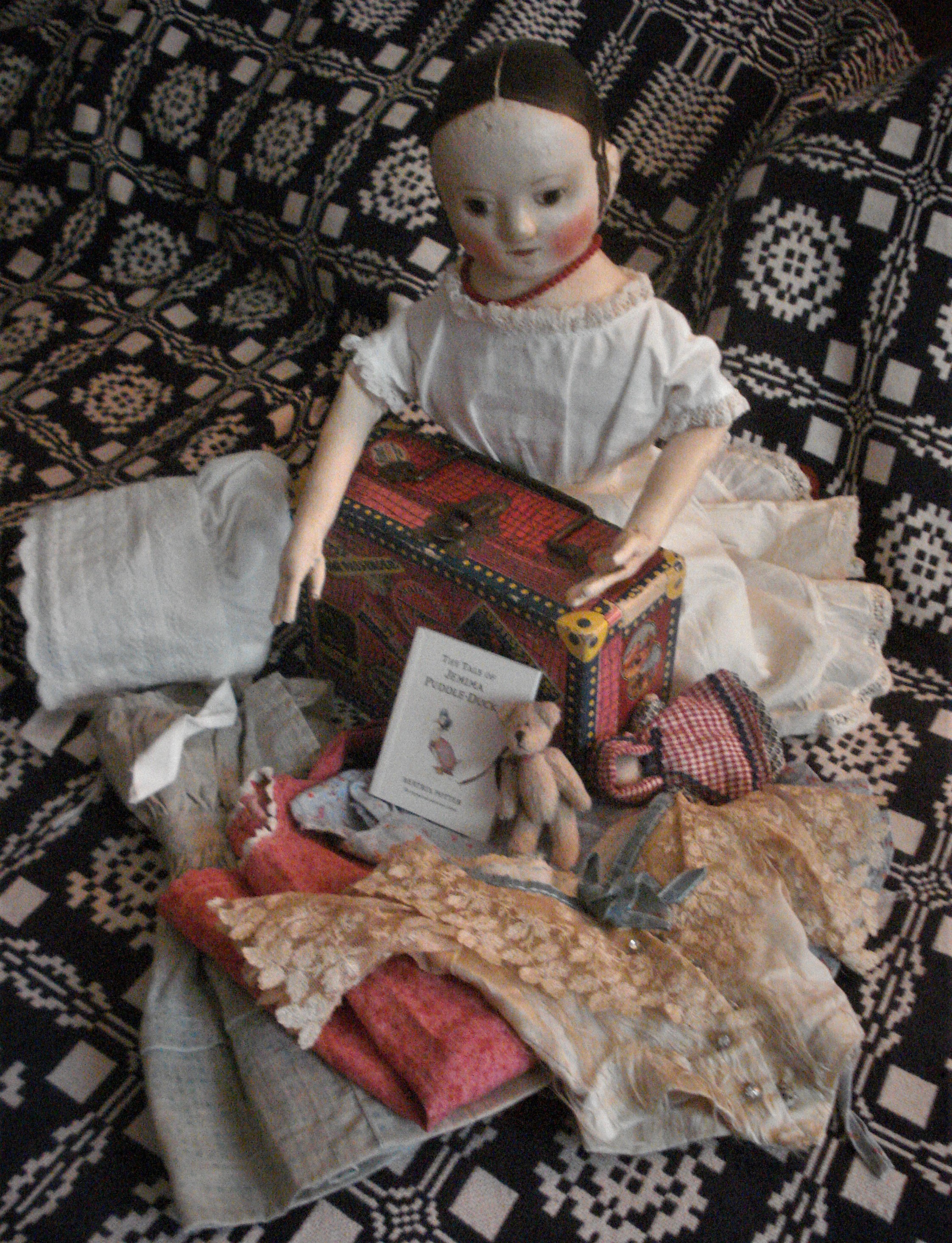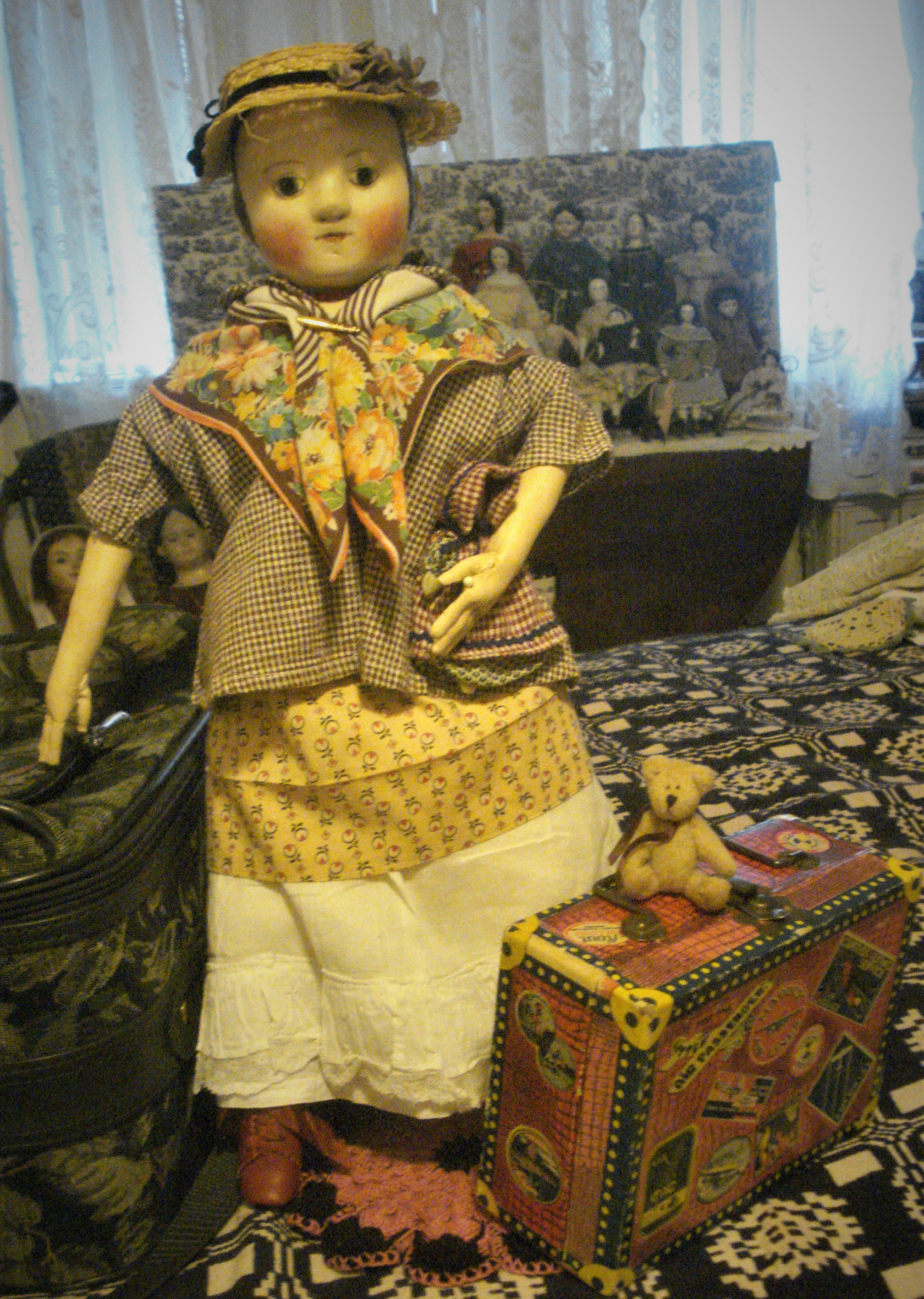
Notice the ichimatsu dolls on the right side by the boy in this circa 1900 photograph.
Ritual, Guardian, and Festival Ningyo
Hina-ningyo for Hina Matsuri (Girl’s Day or Peach Blossom Festival): Hina-ningyo, depicting the imperial court, are probably the best known to Westerners of all Japanese dolls. Hina Matsuri, celebrated on March 3rd, had its origin in the Heian Period (794-1192). It is a traditional custom to display ceremonial dolls on tiers of shelves covered with scarlet carpet. This is an auspicious day for purification, and parents celebrate their daughters’ happiness, growth, and good health.
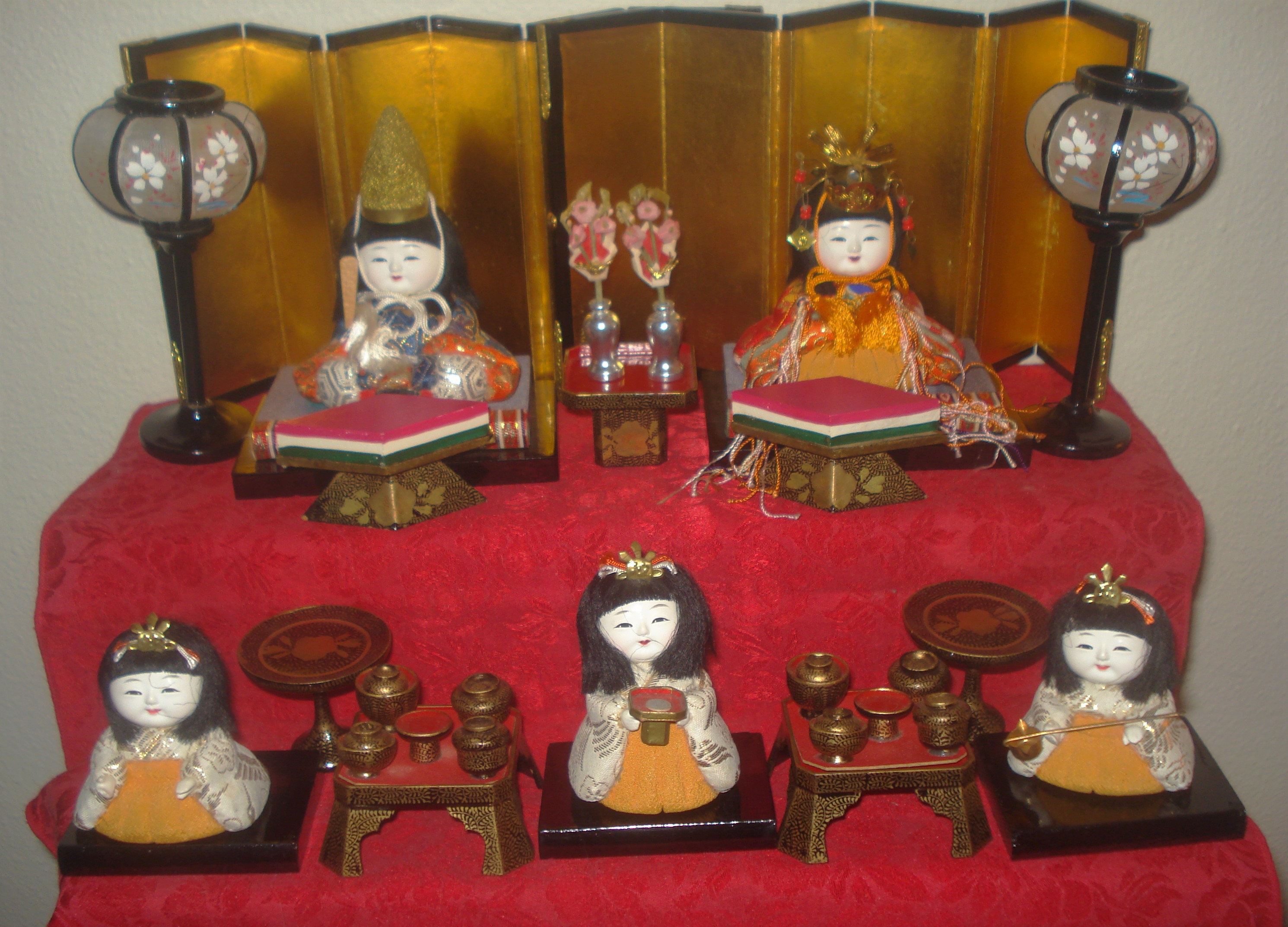
Dairi-bina (Imperial Couple) and Court Ladies from author’s Hina Matsuri Display. The Imperial Couple are about 3 1/2″ tall.
In the years 1000-1600, there is intermittent evidence that paper dolls were made to play with or to give as gifts on the third day of the third month, the festival associated with nagashi-bina purification rituals.
By the 17th century, the dolls were probably being made professionally using rich cloth instead of paper, with complex heads, but by the end of that century, commoners also made the dolls so that their daughters could celebrate the third day of the third month with doll play.
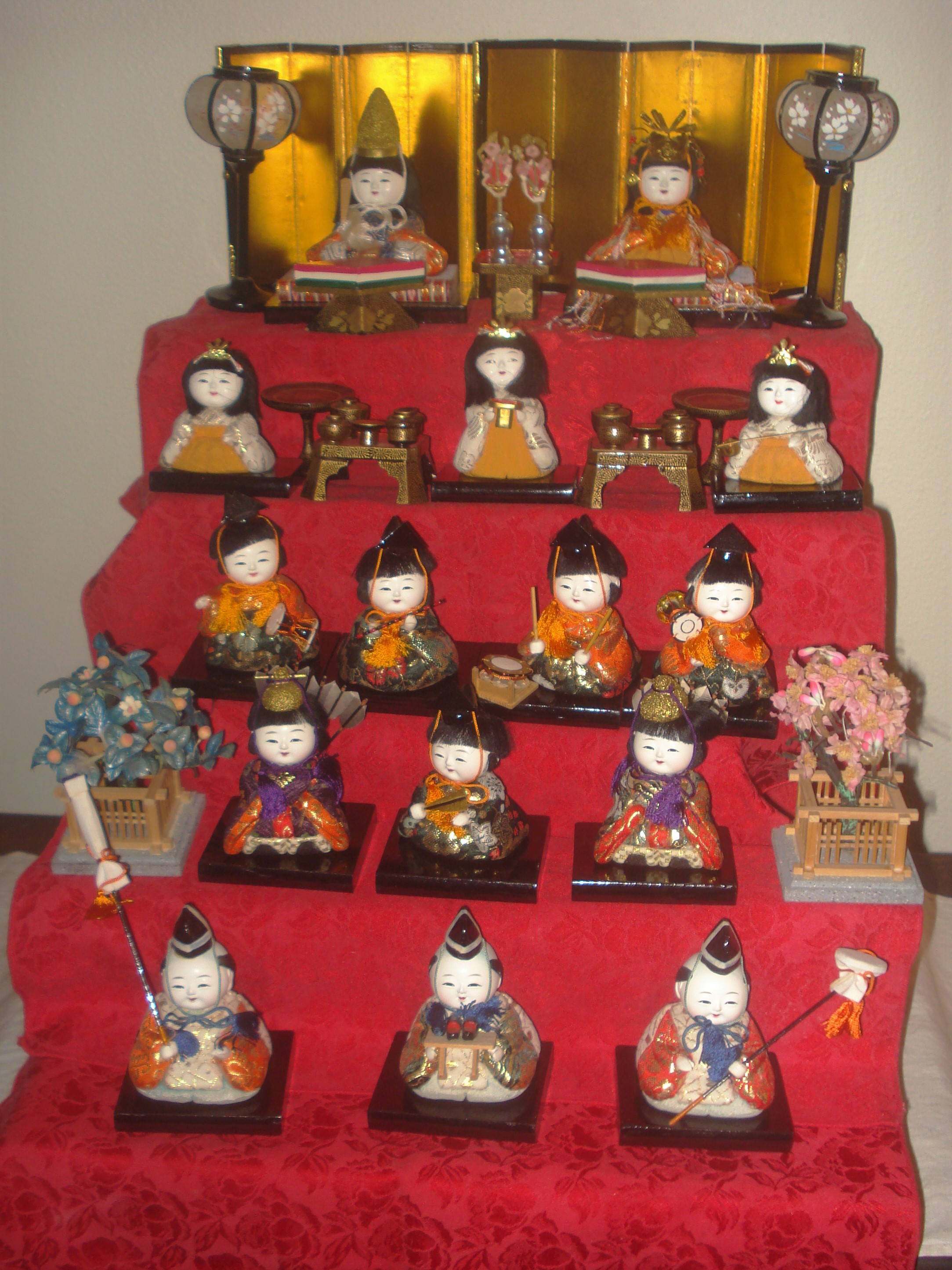
Author’s Hinakazari (Hina Matsuri Display), purchased, already vintage, in Japan in 1989 and recently brought home from Connecticut to Oregon City.
Modern families often buy a new dairi-bina, or “imperial couple,” pair when the first daughter is born, adding to the display each year, while others pass down hinakazari (Hina display sets) from one generation to the next. In the past, it was common for new brides to take their set with them when they married. Many old hinakazari still remain and hold importance to broader society as cultural treasures.

Tachi-bina pair Kyoto National Museum
Tachi-bina (Standing Hina for Hina Matsuri): Tachi-bina can be made of paper at home. They are considered to be the earliest form of the dairi-bina displayed on Hina Matsuri. They represent a man (large, with outstretched protective arms) and a woman (smaller, armless), and are thought to echo the contrasting shapes of the amagatsu and hoko doll (shown below). When made of paper or inexpensive materials, these ningyo are appropriate for the nagashi-bina purification ceremony, (also below) which is the ancestor of Hina Matsuri, in which dolls are touched or rubbed to absorb one’s sins, and then thrown into a river. A single doll, used as a kind of proxy for the person being purified, is used for this ceremony in the Tale of Genji, (10th century classic Japanese literature) but modern nagashi-bina usually use pairs of dolls.
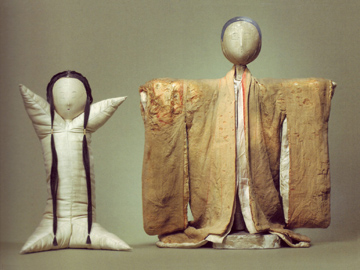
Hoko and Amagatsu pair
Hoko and Amagatsu (Talismanic forms to protect infants): The use of katashiro, or substitutes, in spiritual practice as stand-ins to take on the brunt of a person’s sins or misfortune played a role in the creation of hoko or crawling baby dolls. This is a guardian doll type, made by sewing a rectangle of cloth in such a way as to form four limbs, all of which point in the same direction. Hoko dolls have round stuffed heads, sometimes with long hair attached. They were traditionally given to pregnant women to protect the mother and unborn child. The dolls could be made for both boys and girls and were given to babies either at birth, or on special days shortly after birth. Boys’ dolls would be given up and “consecrated” at a shrine when boys turned fifteen, while girls would give up their dolls at marriage. Traditionally, hoko dolls were made of silk and human hair, and stuffed with cotton. Tiny hoko dolls remain a popular craft.
Amagatsu, or Heavenly Child doll, is mentioned in the Tale of Genji as a guardian doll for newborns, kept at all times with the child. The reference is thought to be to a cross-shaped figure, made by fixing wooden or bamboo rods in a T-shape to form a body and arms, with a cloth-covered head attached. The doll functioned as a kind of twin to the child, meant to distract evil spirits (meaning diseases) from its living counterpart. It would be burned when the child came of age.
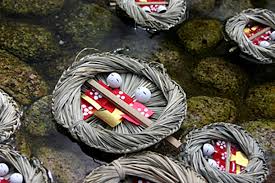
Nagashi Bina
Nagashi-bina is an event that involves dispelling impurities and misfortunes by floating dolls away on water. In earlier days this rite took place all over Japan, but the practice has died out in most areas. Only in Tottori City and Mochigase-cho in Tottori Prefecture does nagashi-bina survive today.
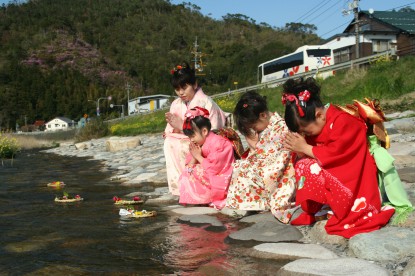
Nagashi-bina Festival in Mochigase-cho
In this rite, dry straw is woven into a boat, which carries a pair of male and female dolls to be cast adrift in the river.
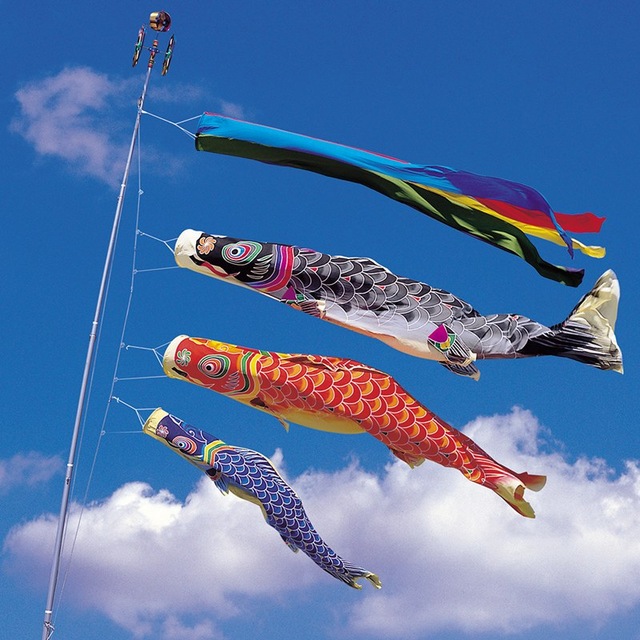
Koi nobori
Musha-ningyo for Gogatsu no sekku or Tango no sekku, Boys’ Day: Boys’ Day (the fifth day of the fifth month) has a more complicated status than Hina Matsuri and does not require a doll display. The most important festive item is a banner or windsock in the shape of a carp (koi nobori), which is flown from a pole near the home; one fish is raised for each boy child. The carp is equated with virility because of the strength with which it swims upstream.
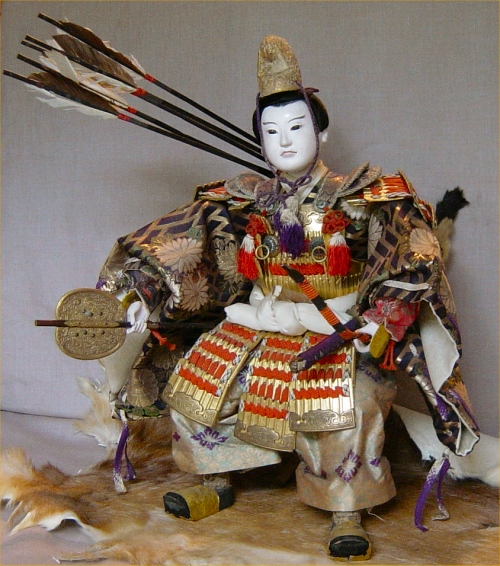
Musha-ningyo Warrior Dolls
However, there are many dolls available to displayed on this day: Soldiers and great generals, legendary rulers, spiritual guides, and boy heroes with outrageous activities.

Daruma with one eye painted
Daruma dolls represent the Buddhist saint Daruma or Bodhidharma, who according to legend brought Zen enlightenment, and tea, to China and Japan. Legend has it that Daruma sat for years meditating, during which time his arms and legs atrophied, as well as his eyelids.
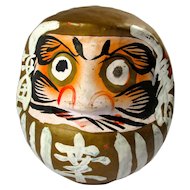
Daruma, Vintage Gold-White Doll, Japan
These Japanese dolls are paper-maché roly-polys which one buys with blank eyes so as to paint them in as one accomplishes some task (the first eye when one has formulated the goal, the second eye when it is achieved).

Daruma burning
Afterwards, Daruma are typically burned in a special ceremony. This custom may have originated as a thank-offering to the god for good Spring and Fall harvests; if he did not send a good harvest, he would remain blind or one-eyed. These dolls still perform a significant cultural function, and are purchased particularly at New Year’s, to assist in making resolutions.

Hagoita
Hagoita is not really a doll, but the padded images on it belong to the construction method of oshie-ningyo, or “padded-painting dolls.” Hagoita, like Daruma, are associated with the New Year. They are richly decorated game paddles, traditionally given as new year’s gifts to girls. The game of hanetsuki is played with a feathered large seed for a shuttlecock and a pair of hagoita. One side is painted, but the other side of the paddle is usually decorated with elaborate padded cloth faces of geisha or kabuki actors. As with Daruma, the old year’s paddles are supposed to be burned at the end of the year.

Okiagari Koboshi
Okiagari Koboshi can be translated as “priest who gets back up.” They are considered a lucky symbol of resilience. Traditional Japanese roly-poly toys date back as far as the14th century.
. . .
In Part 3 of this presentation on ningyo, Dolls for Display will be on focus.
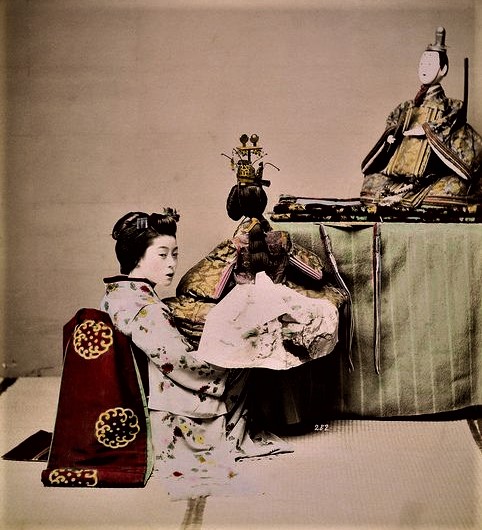
A Maiko (apprentice geisha) with large Hina Matsuri Dolls, 1890’s












































